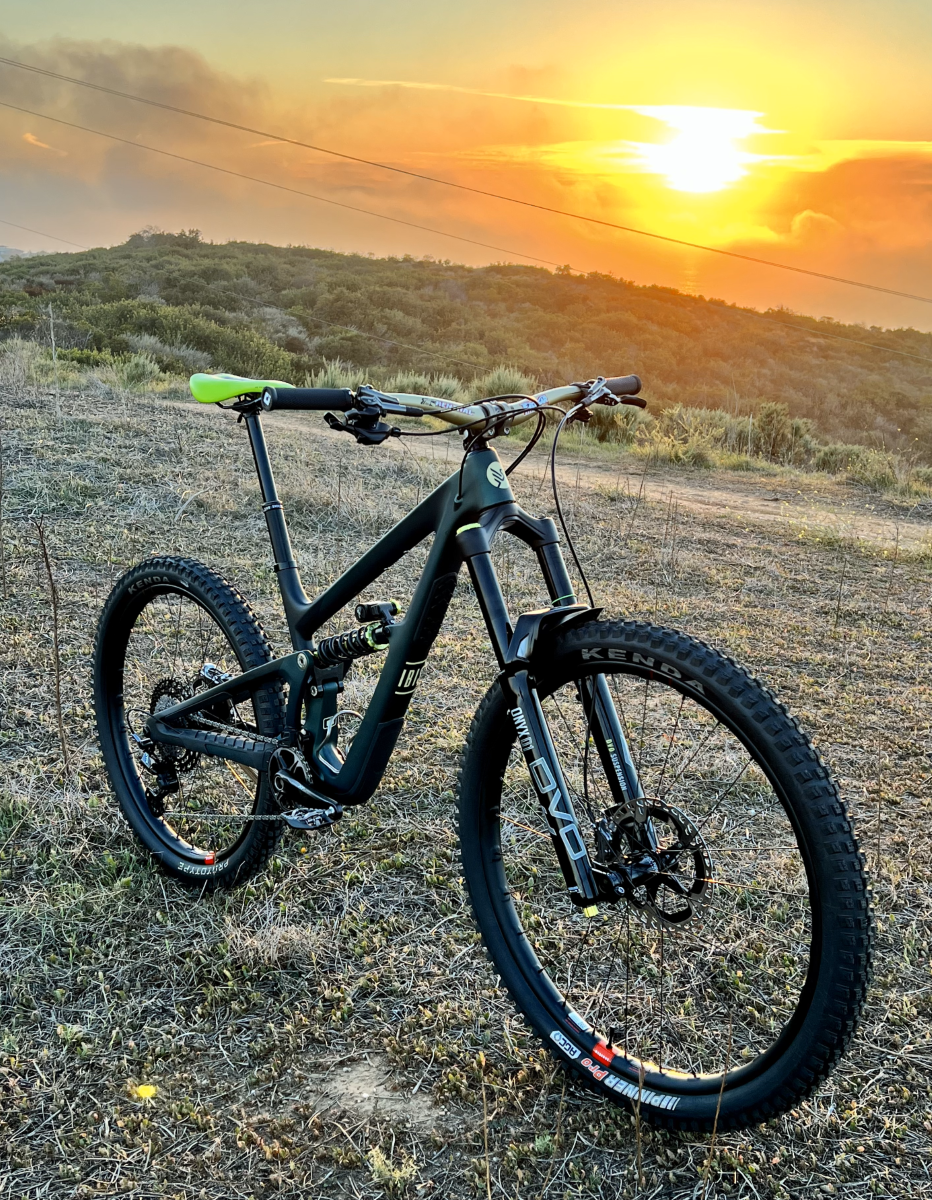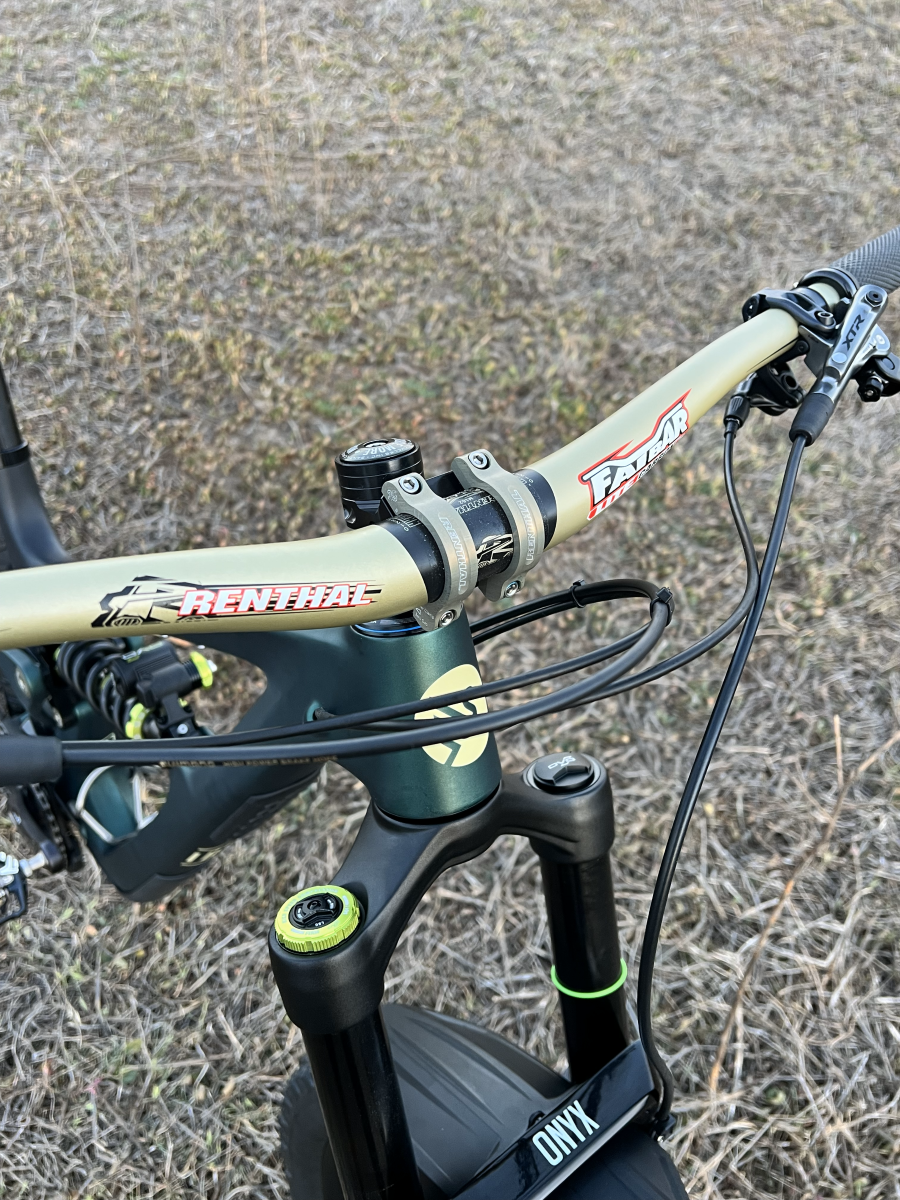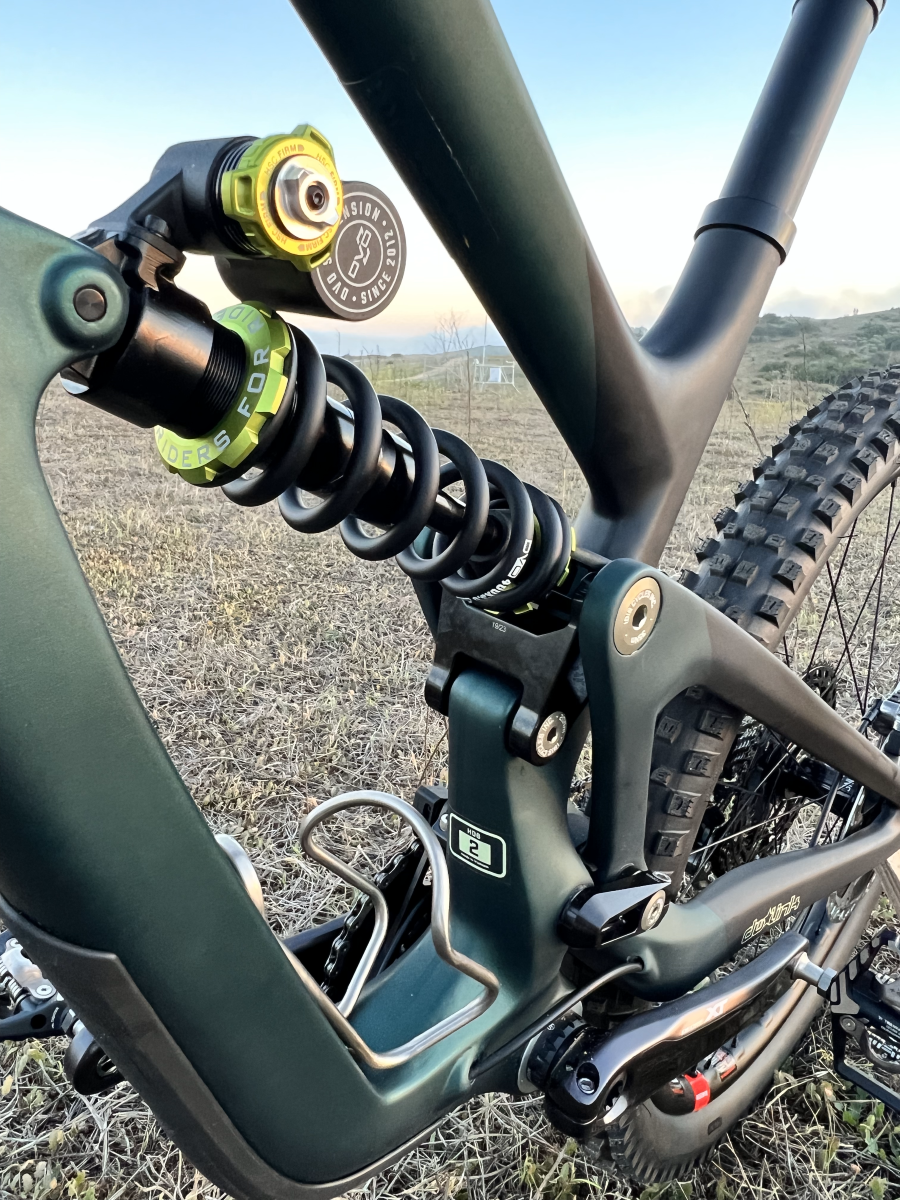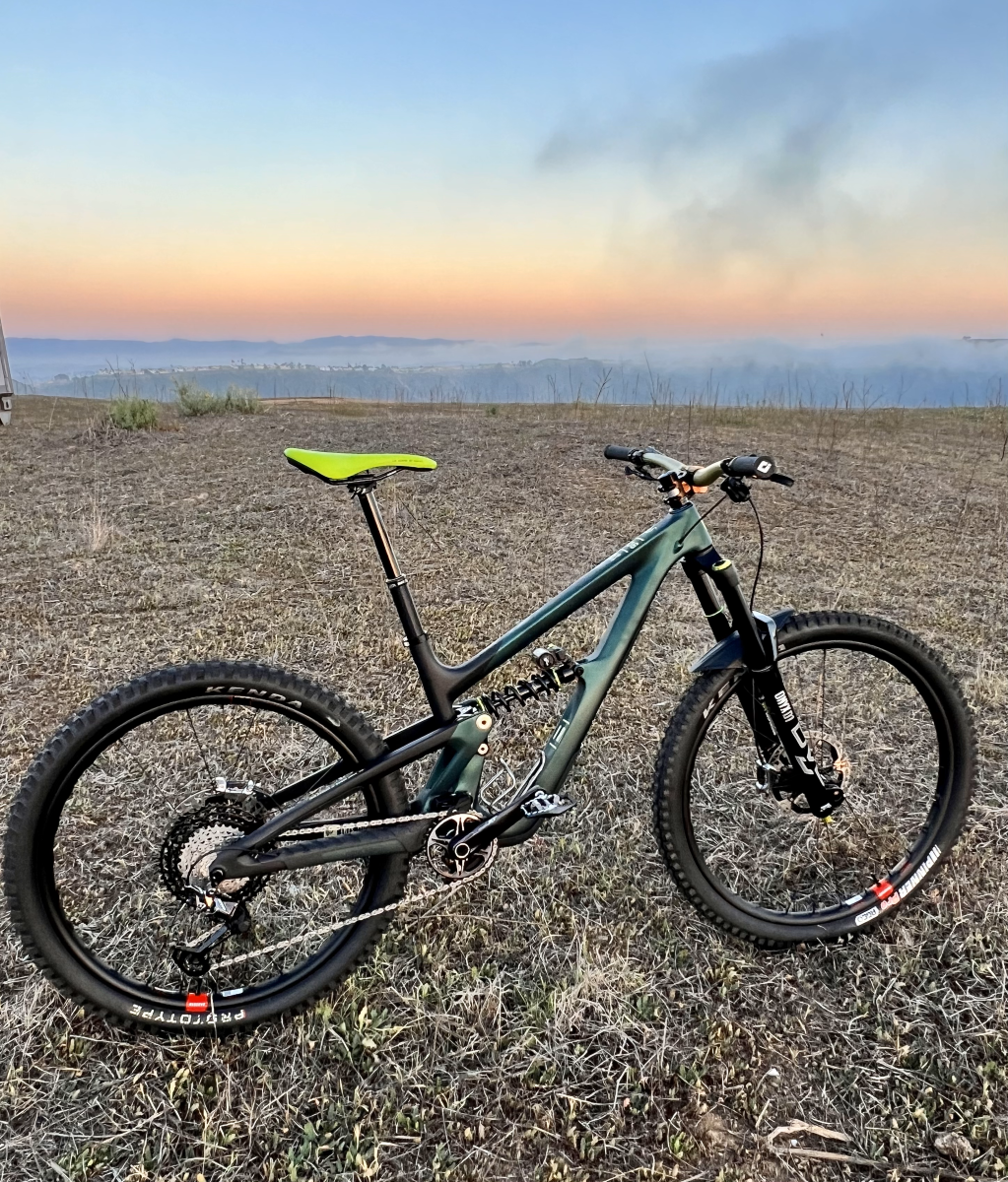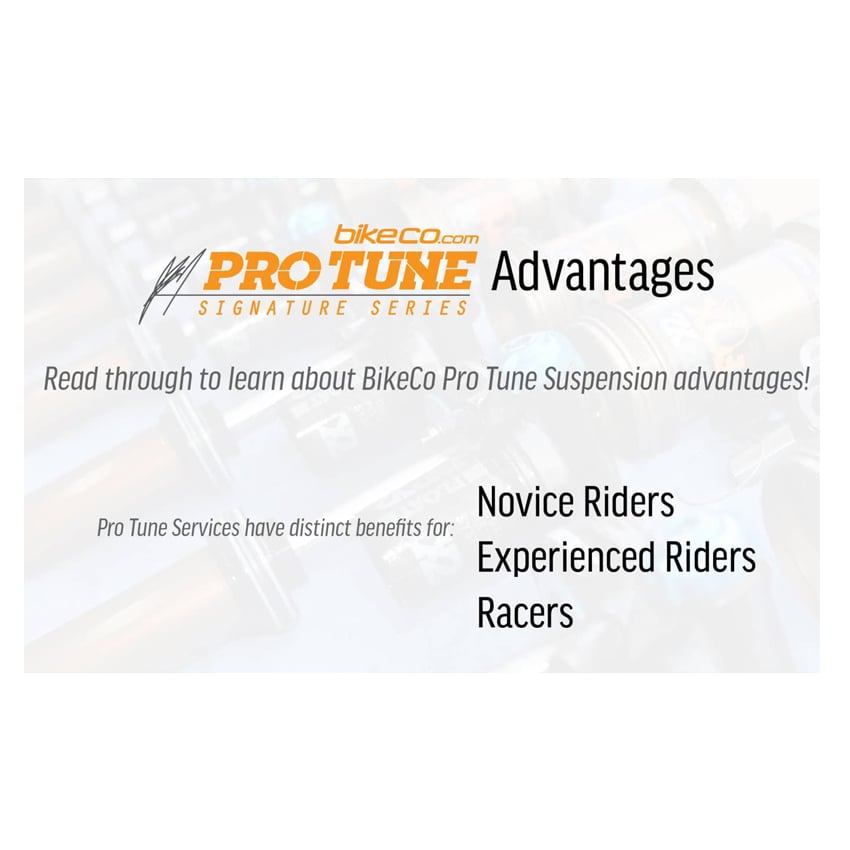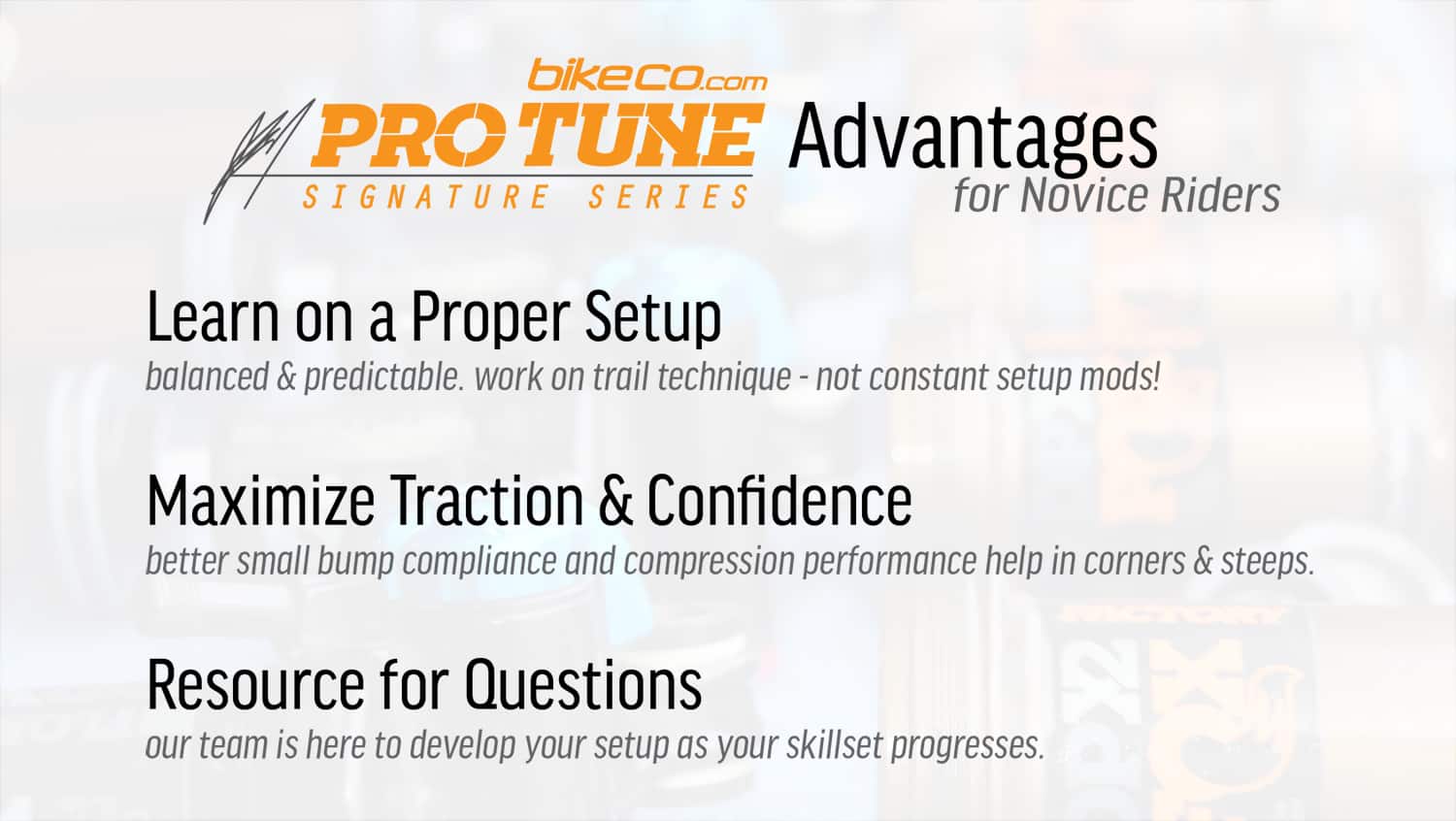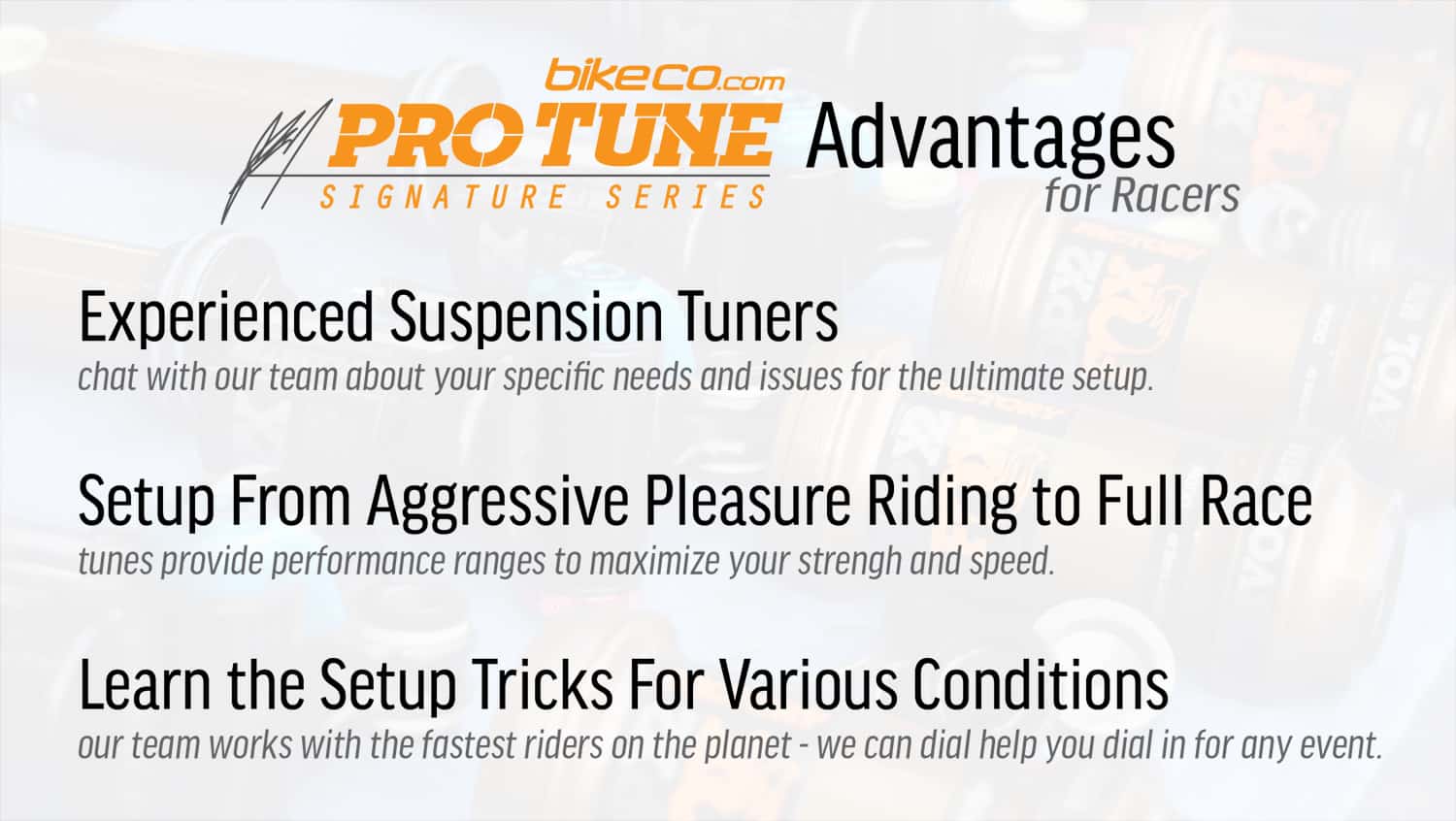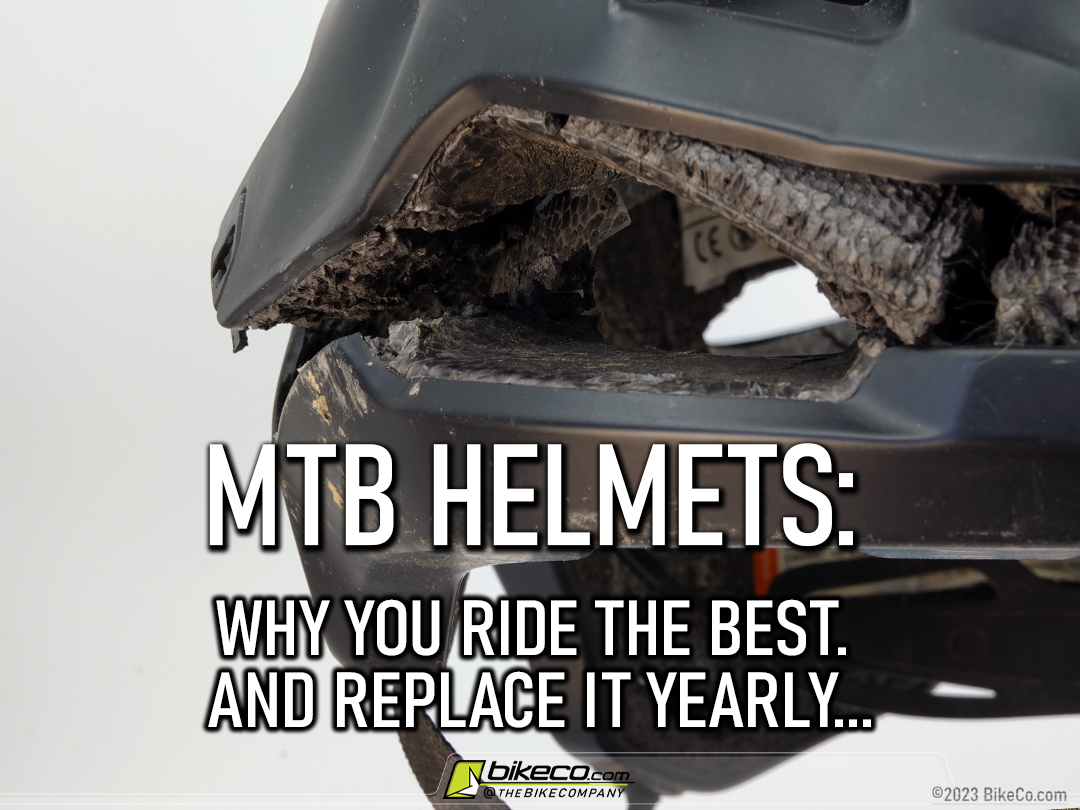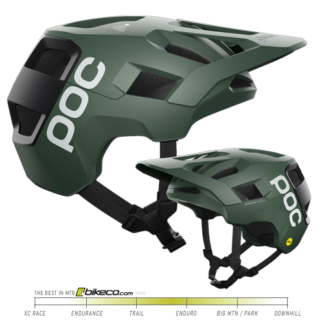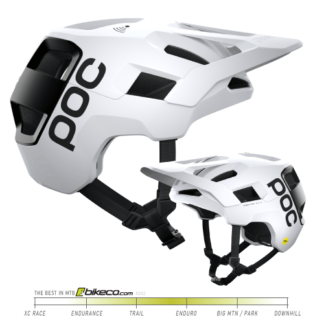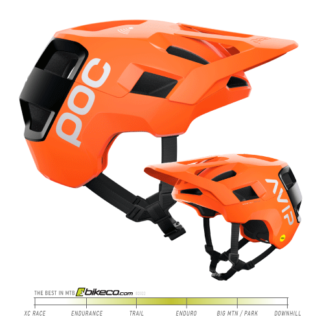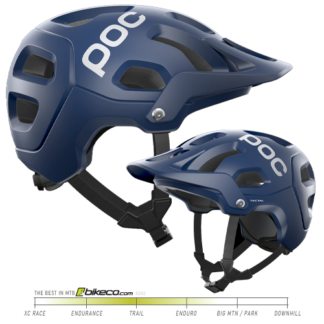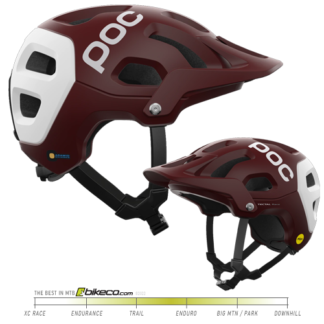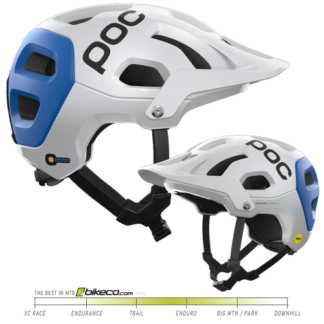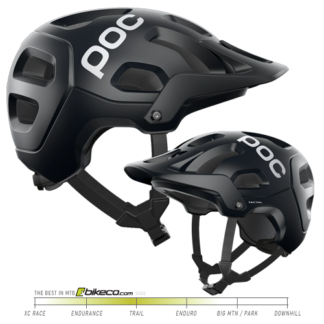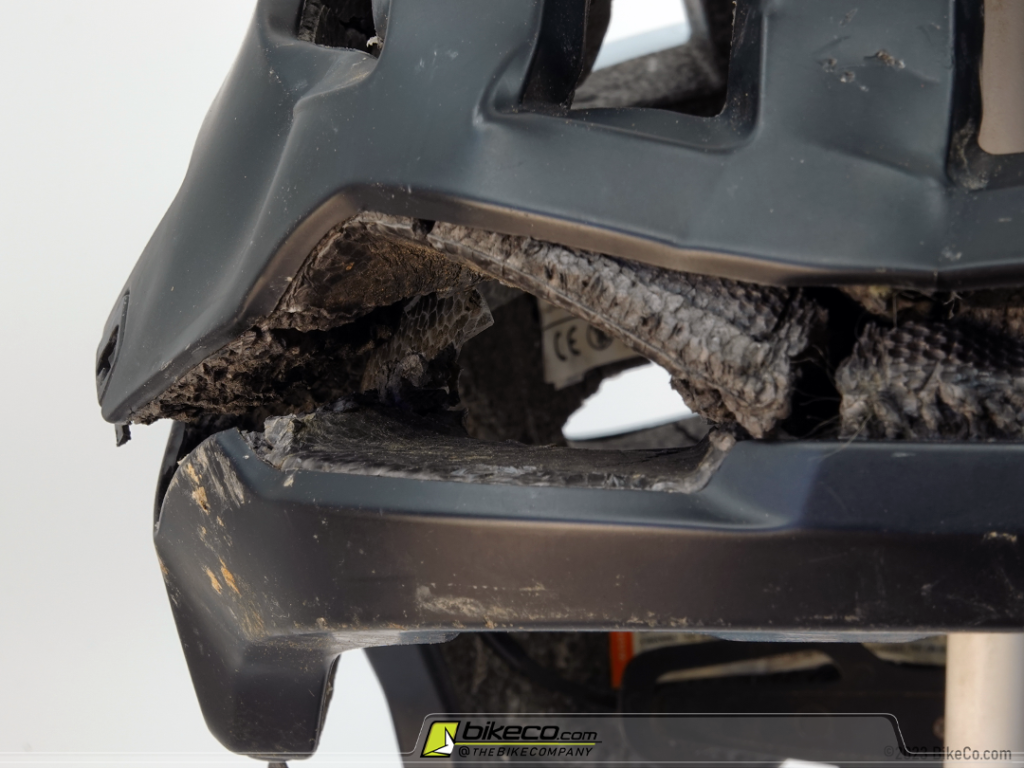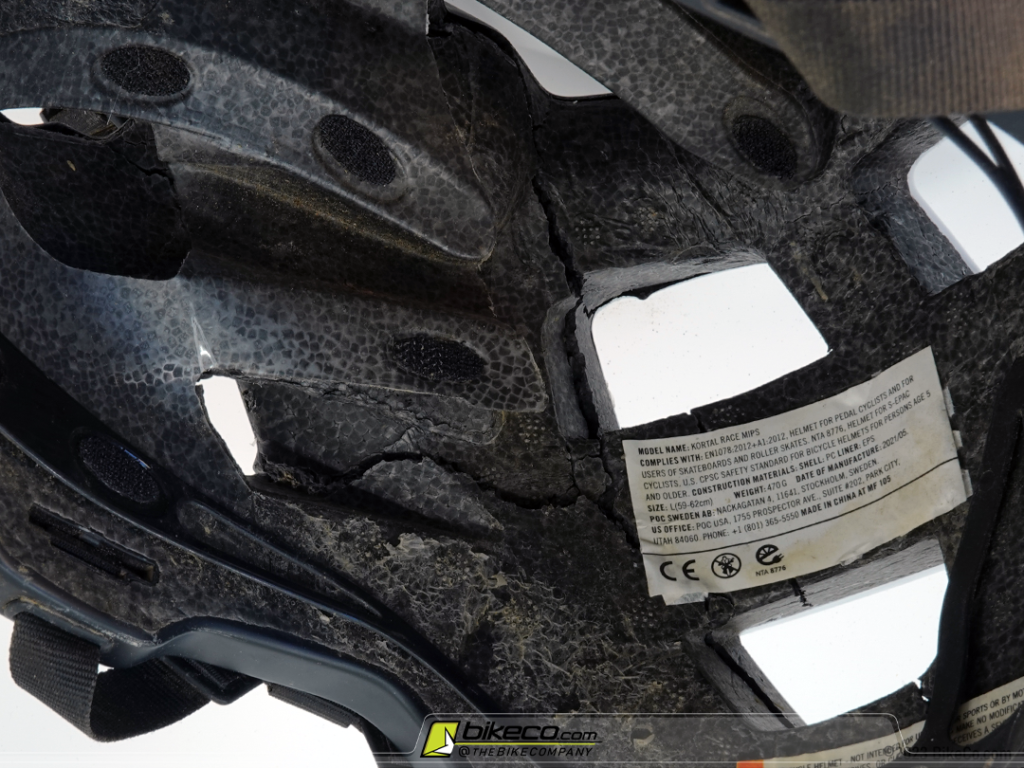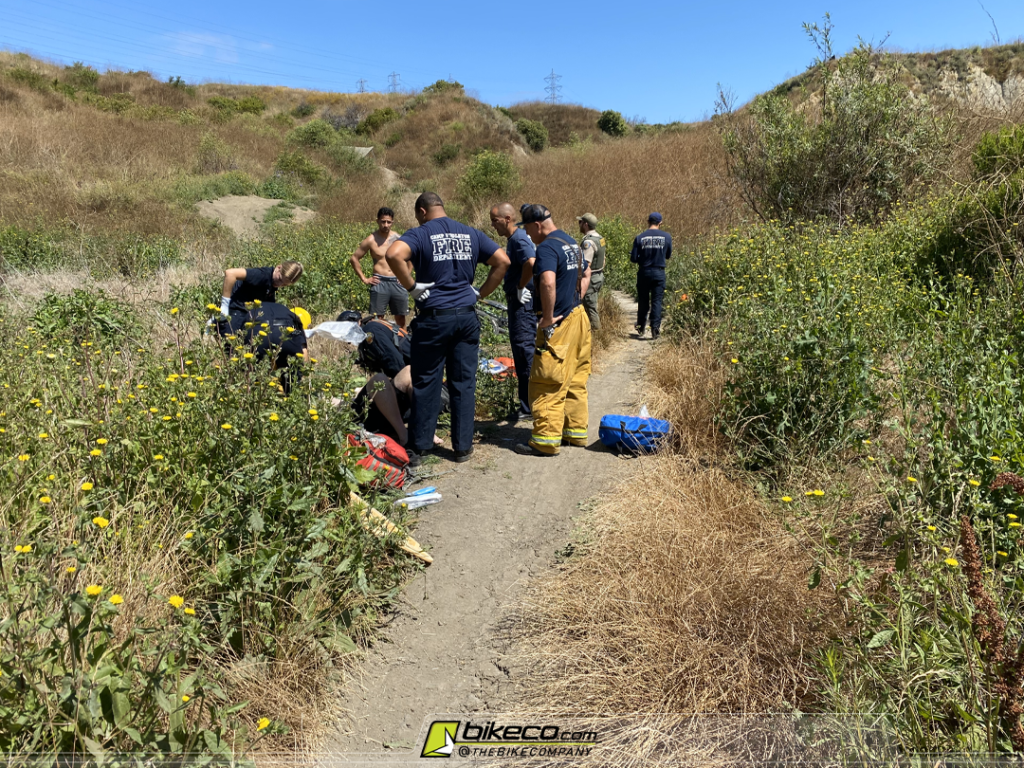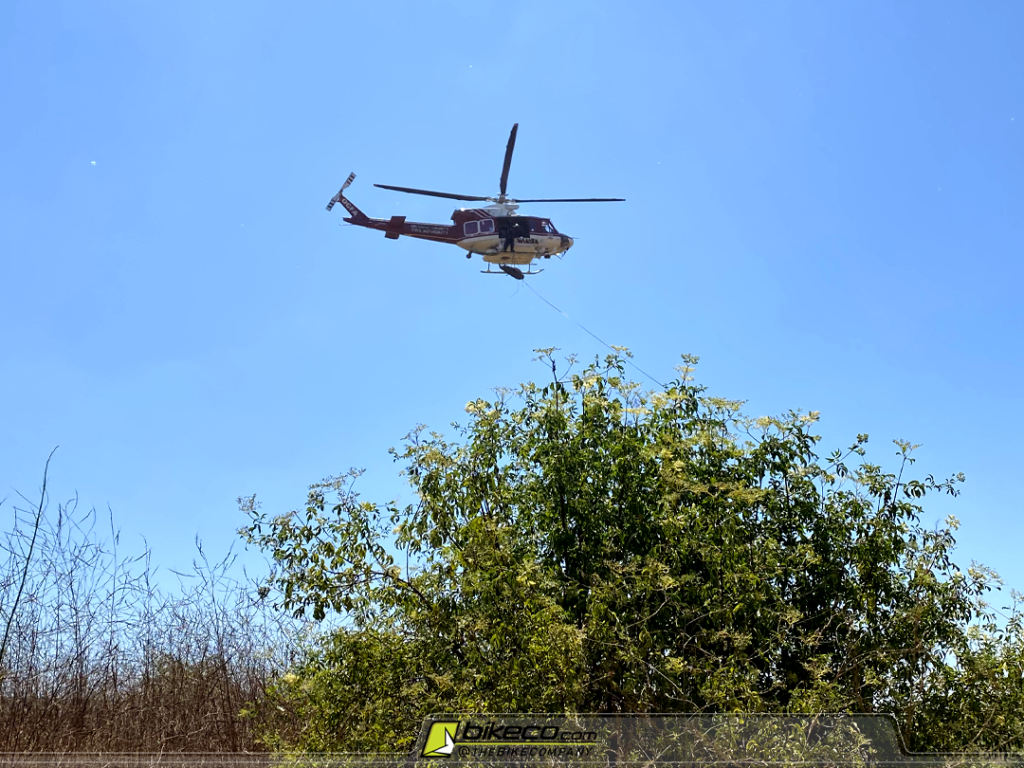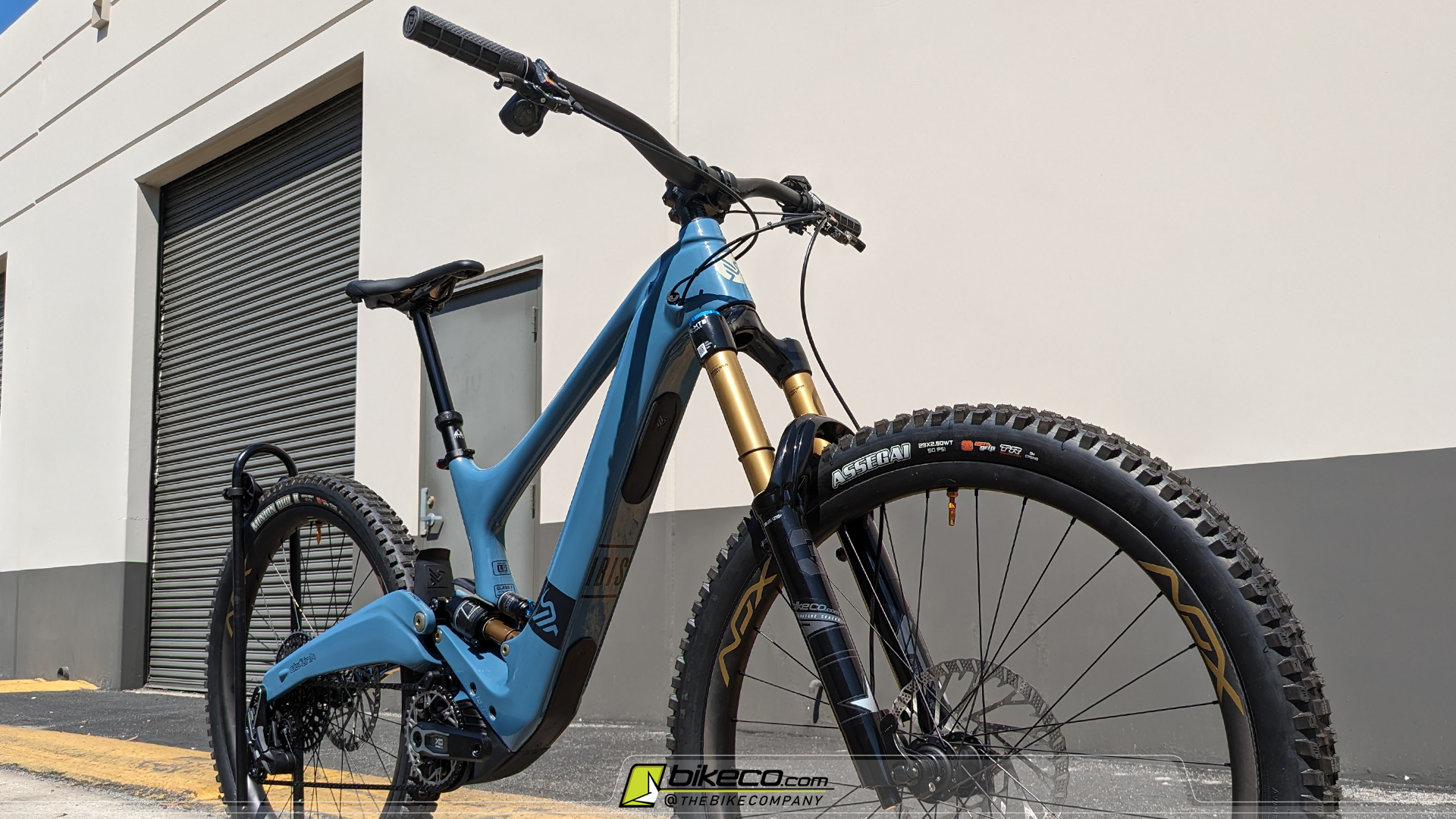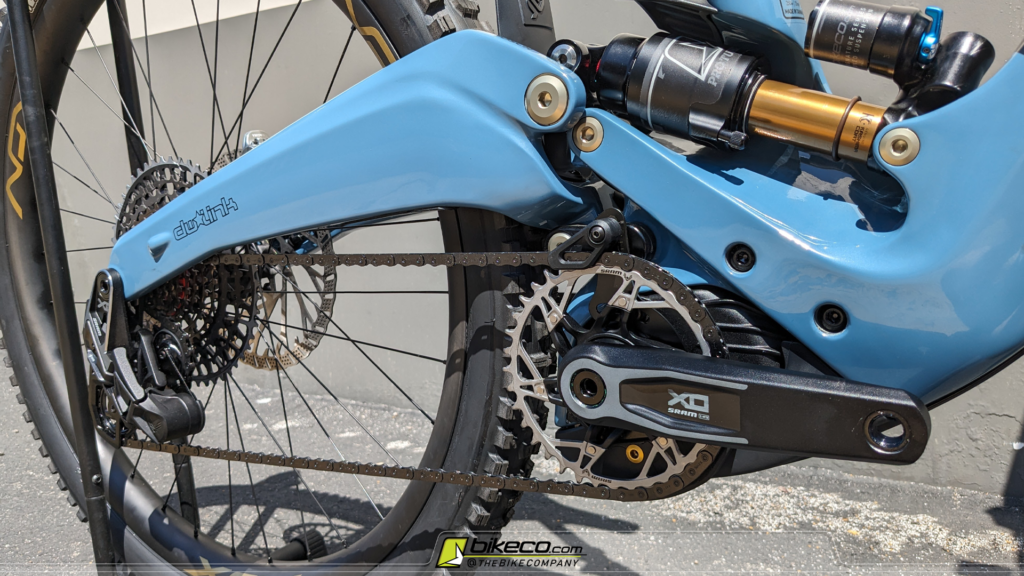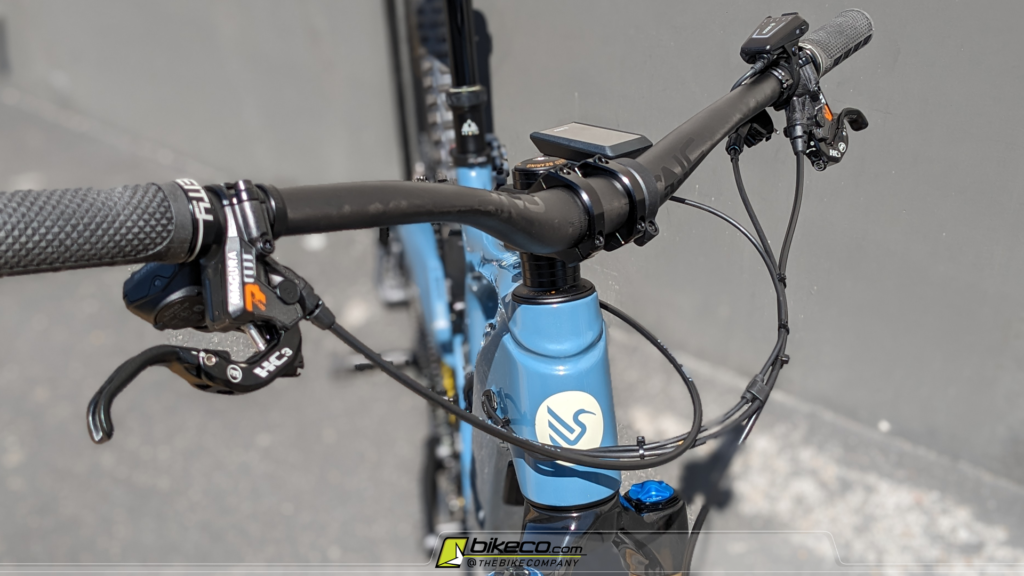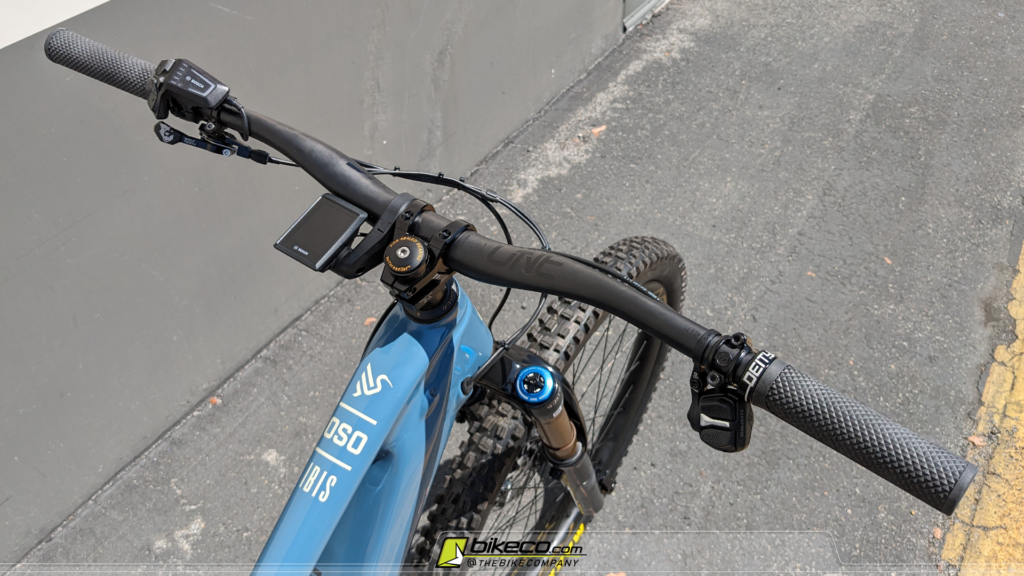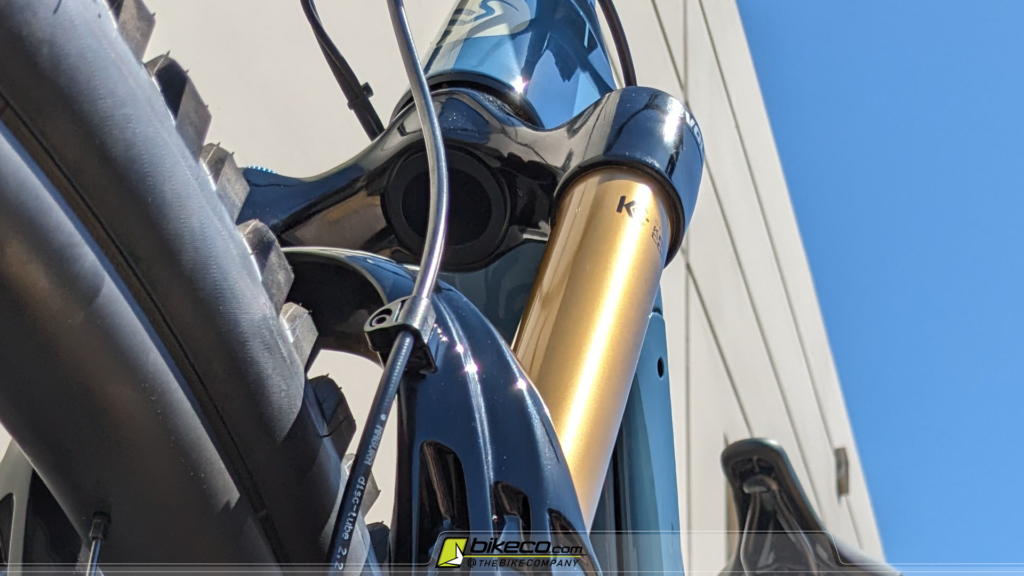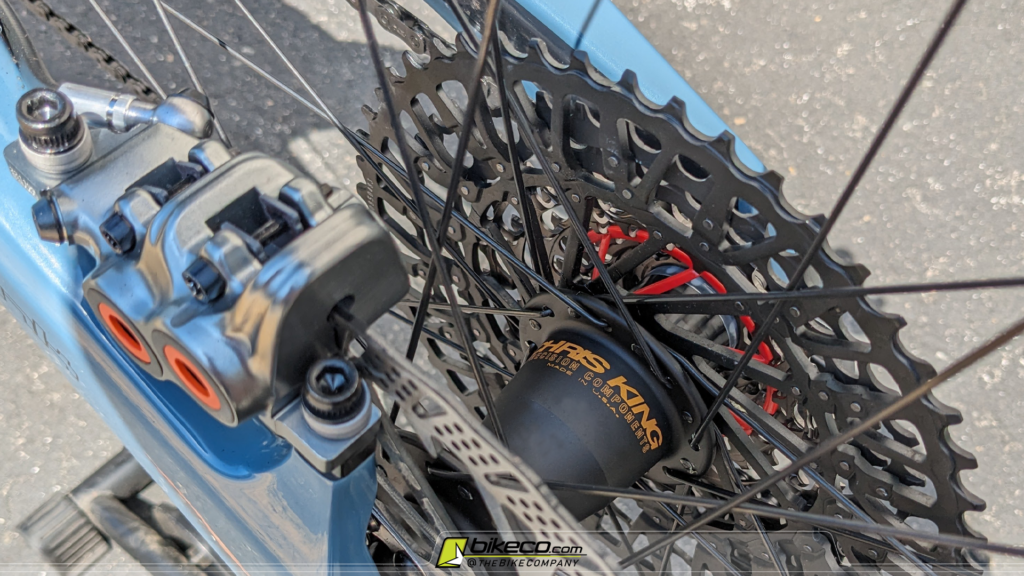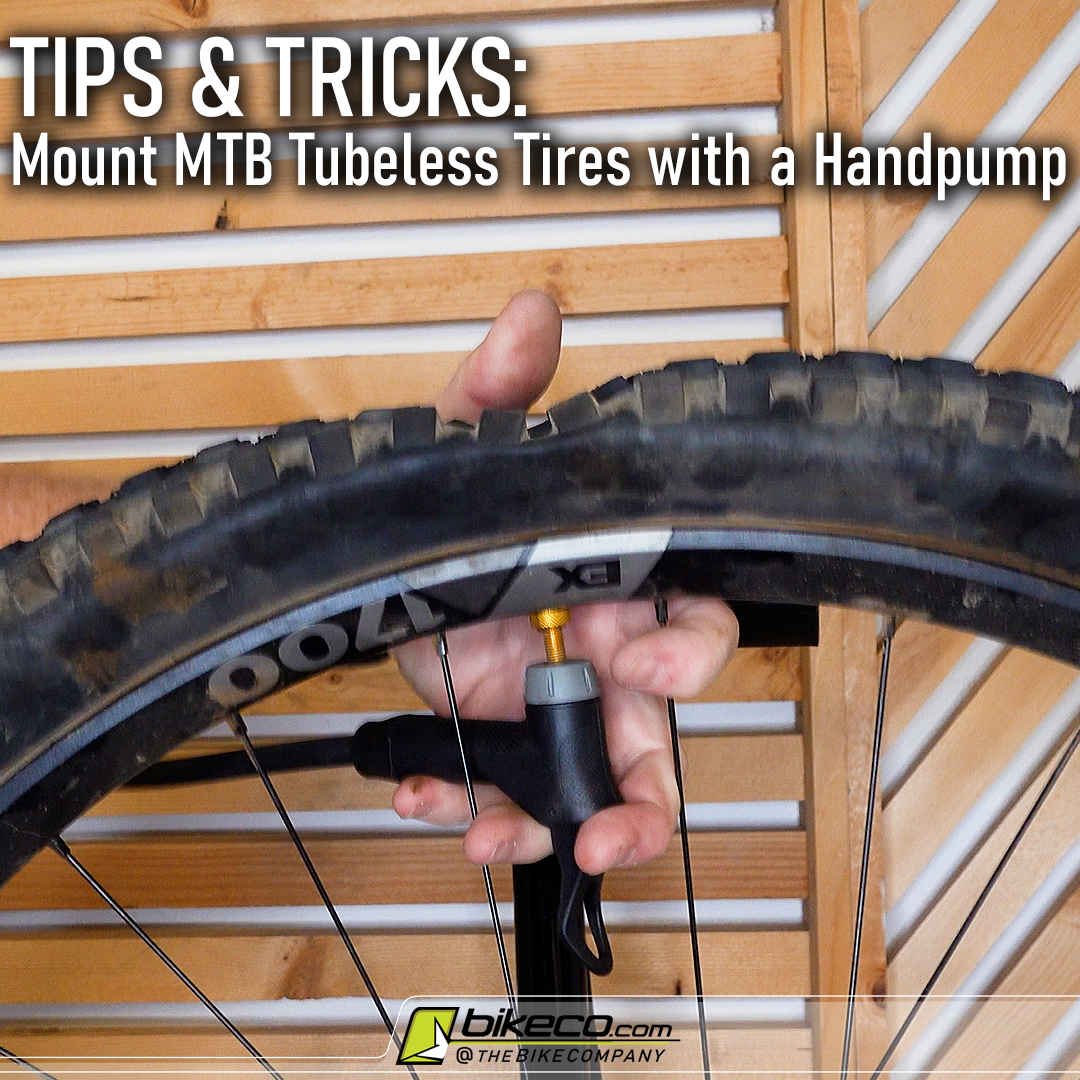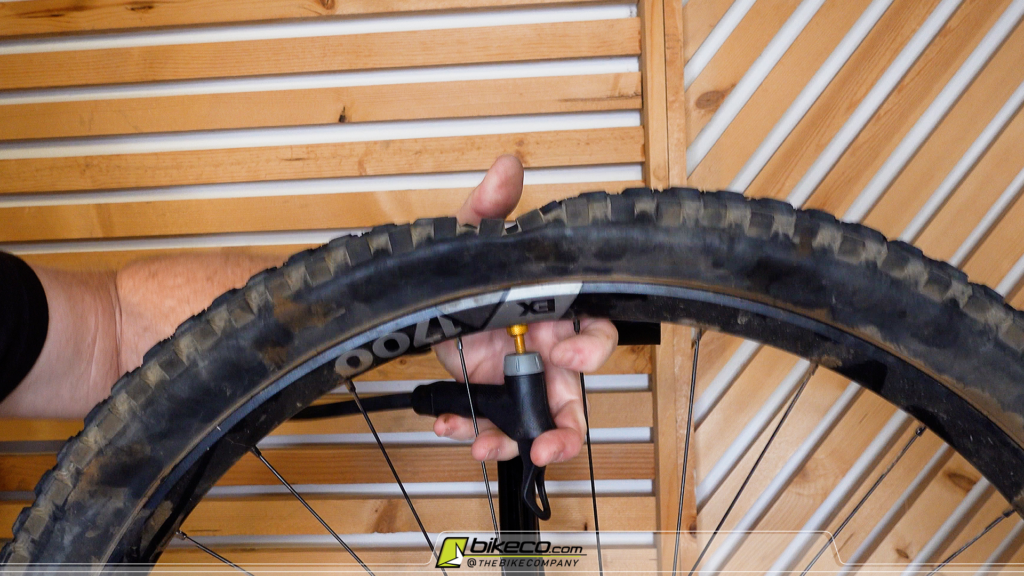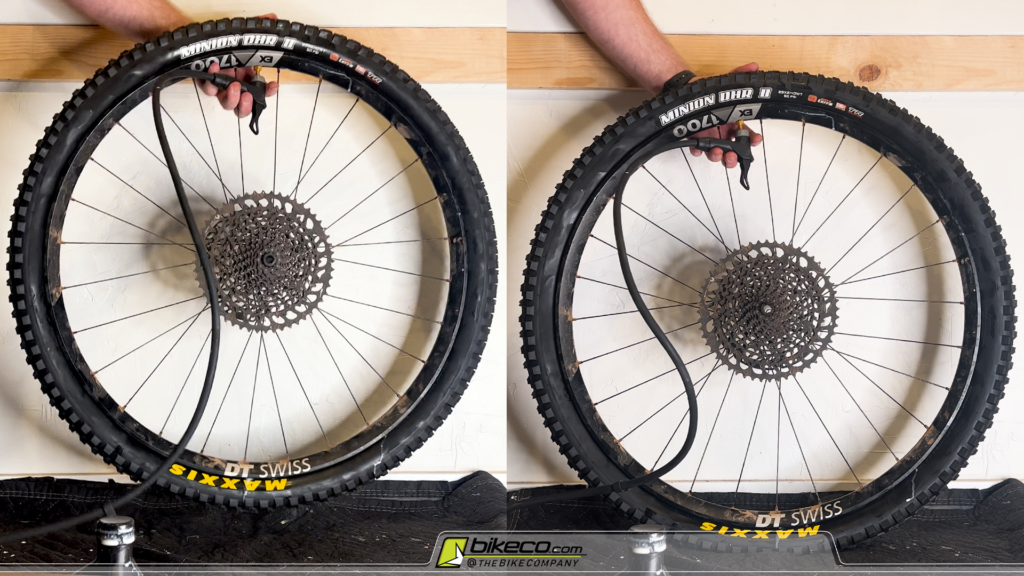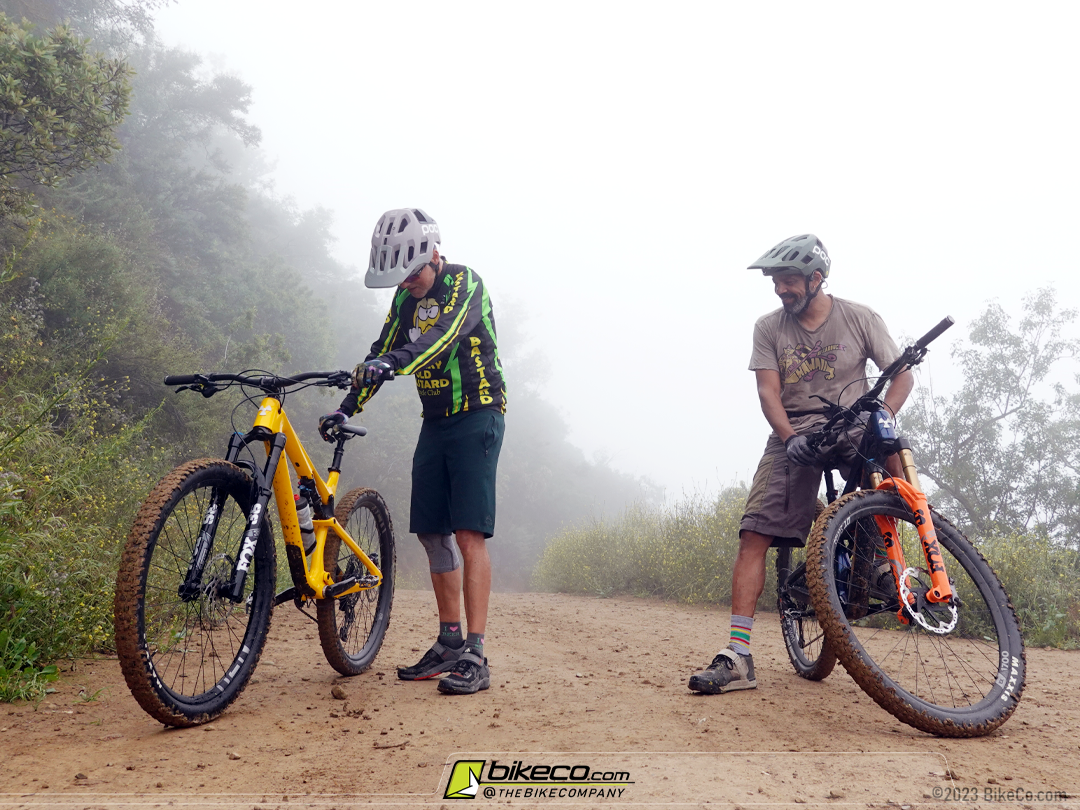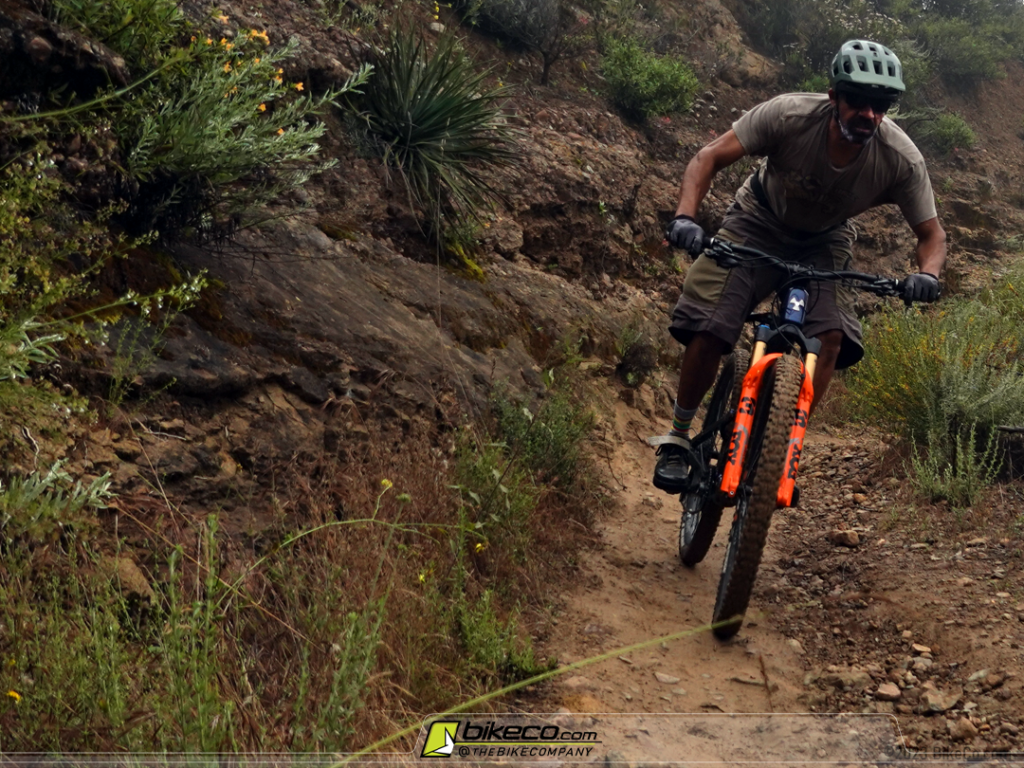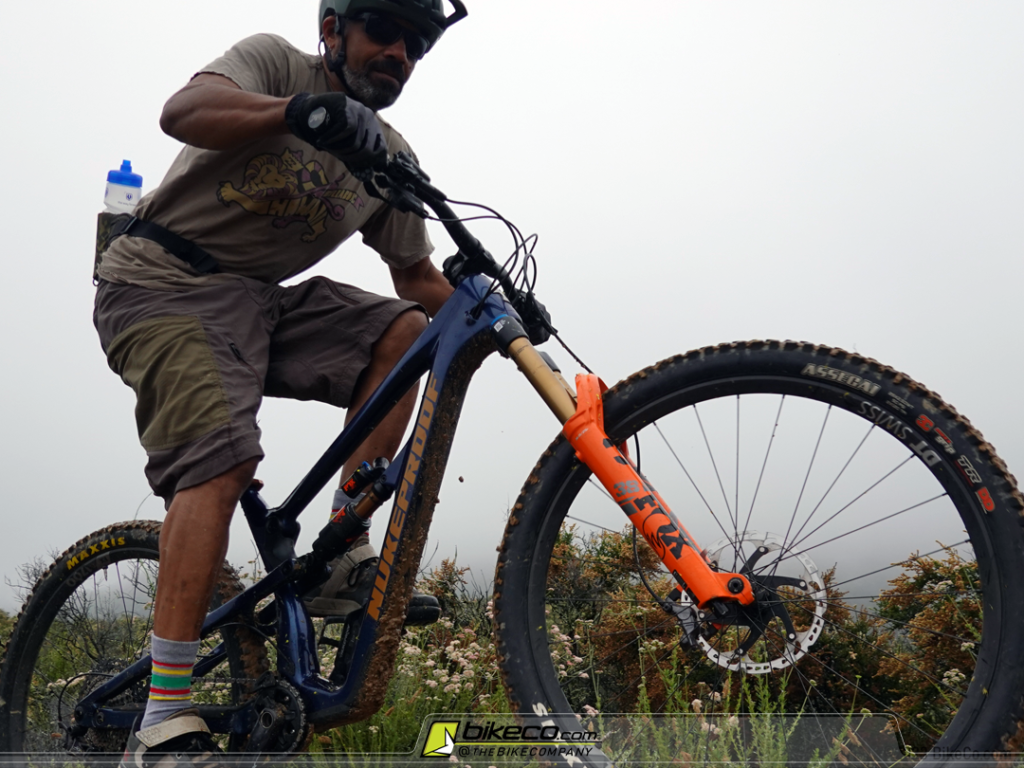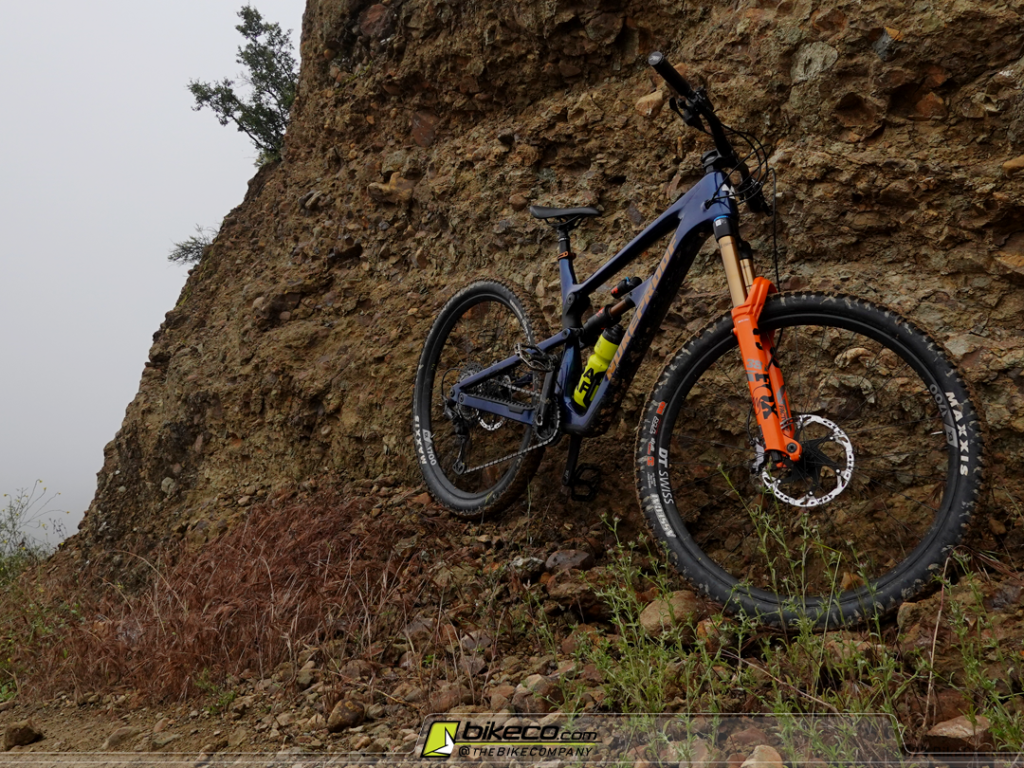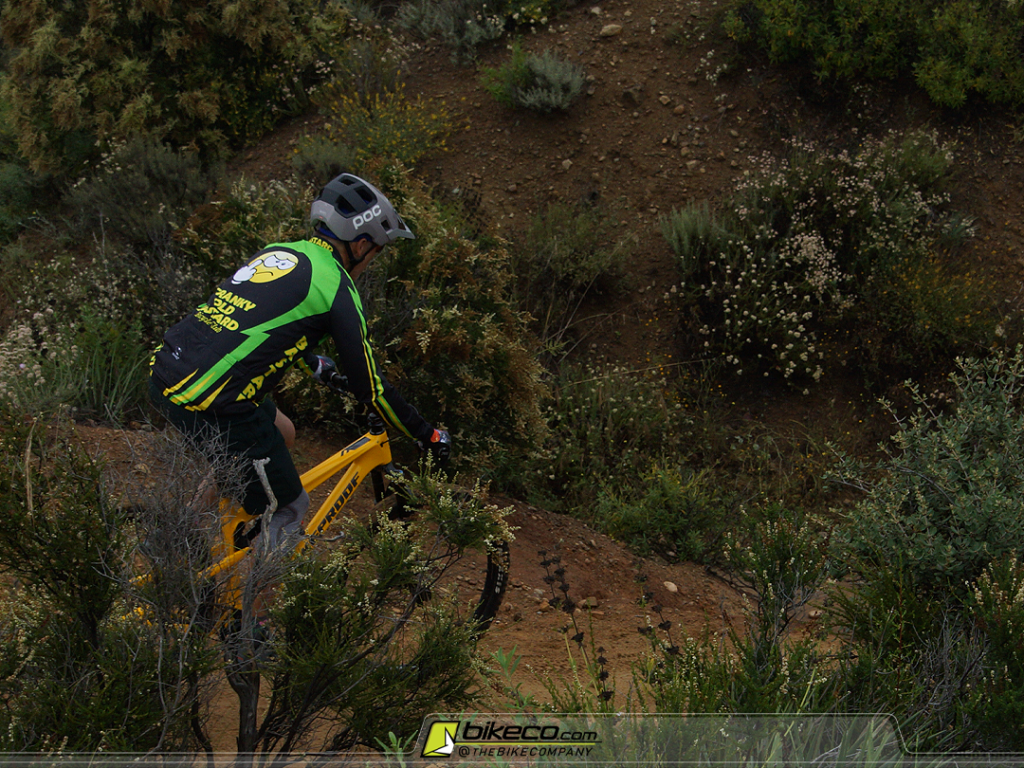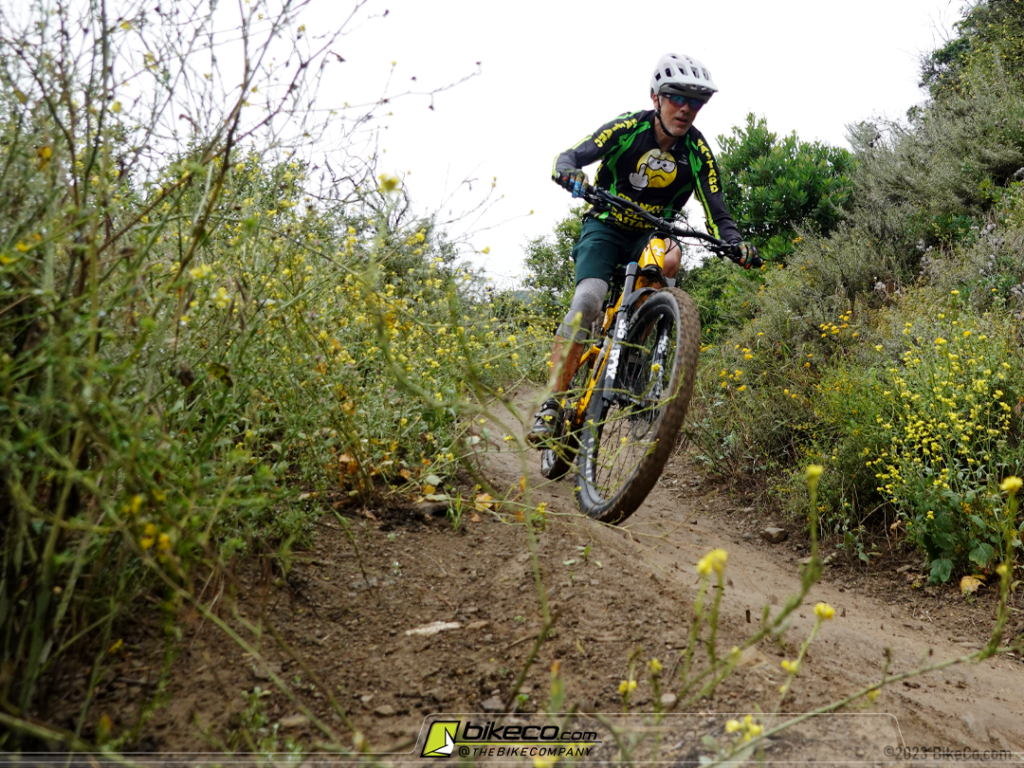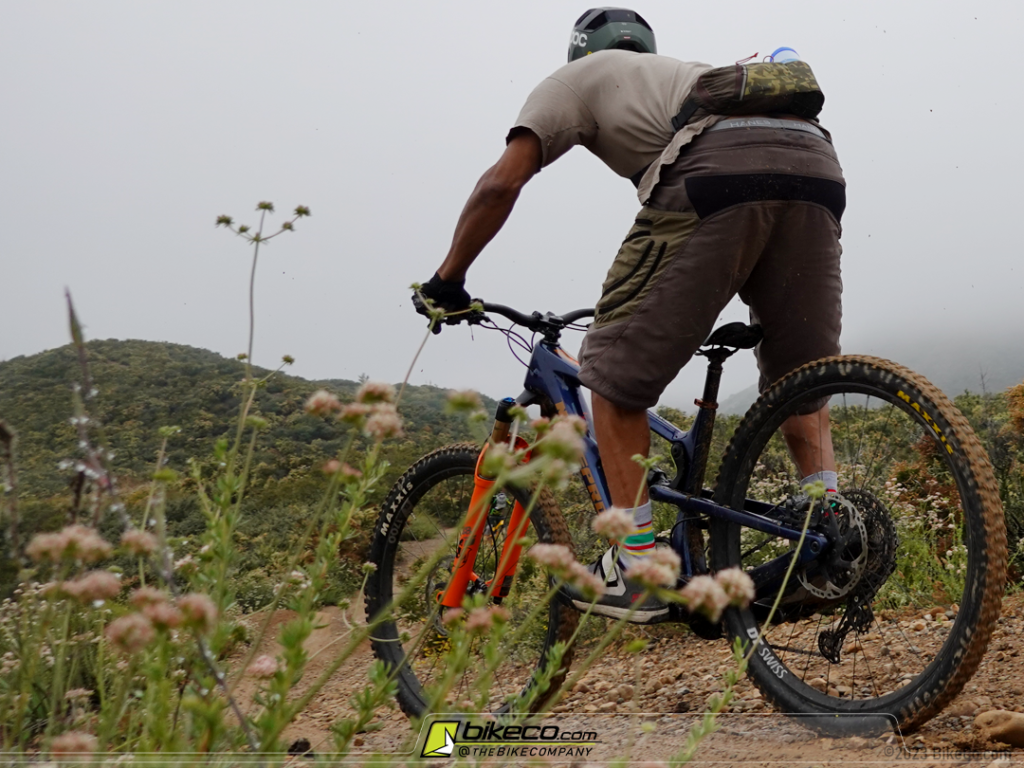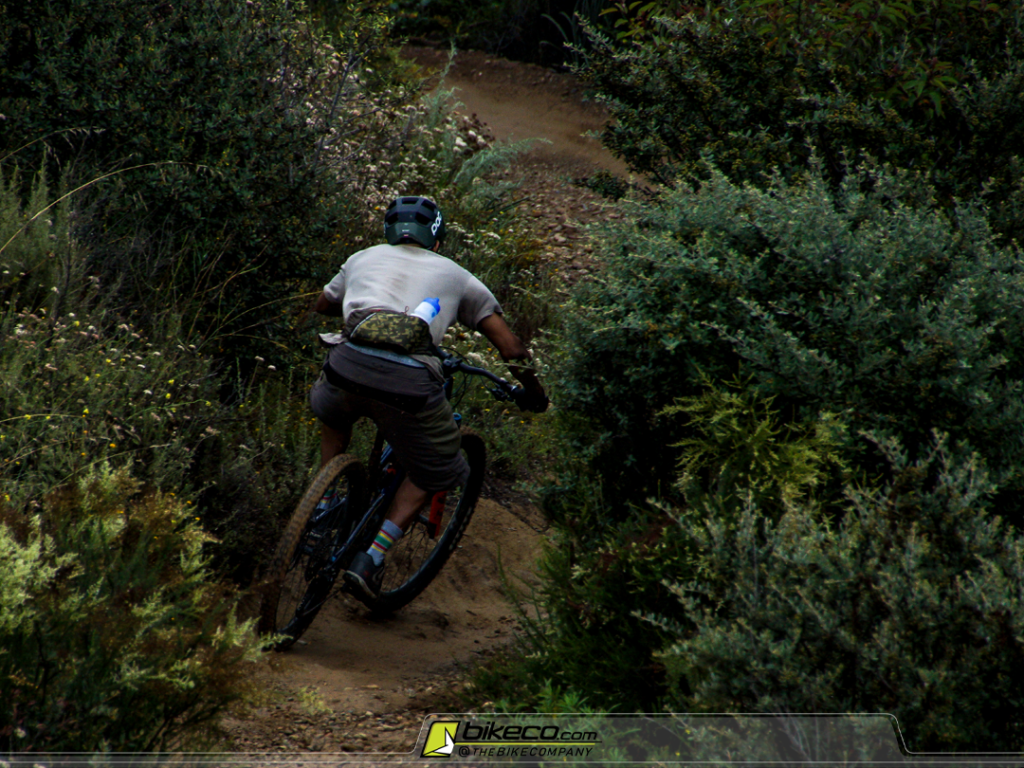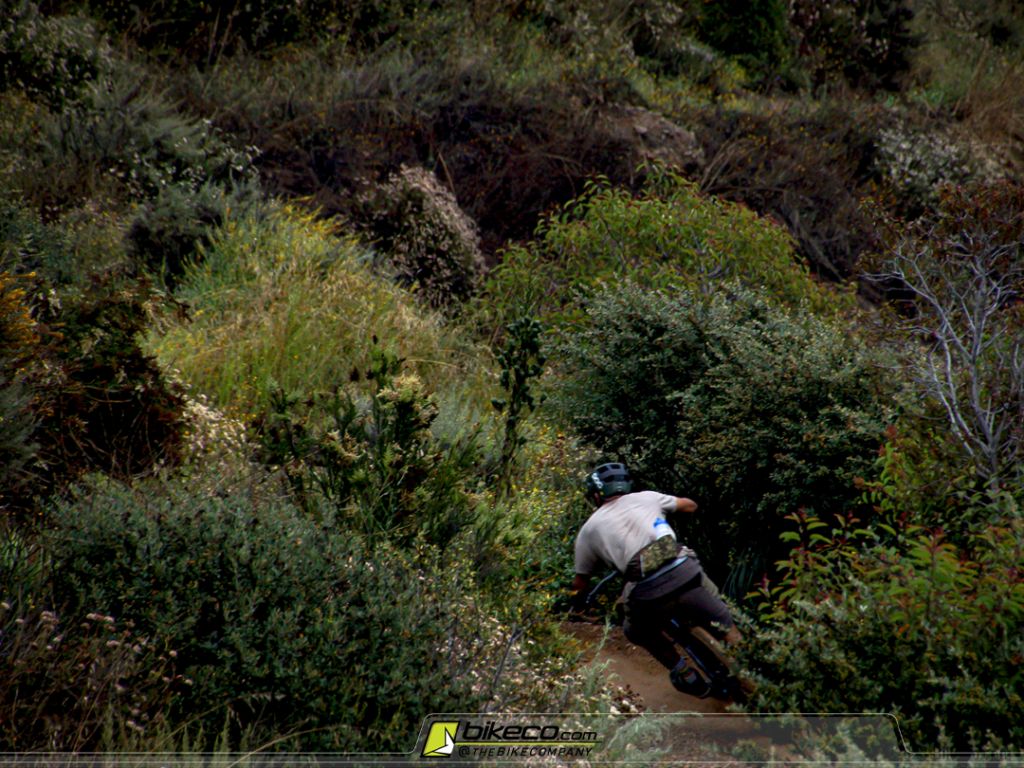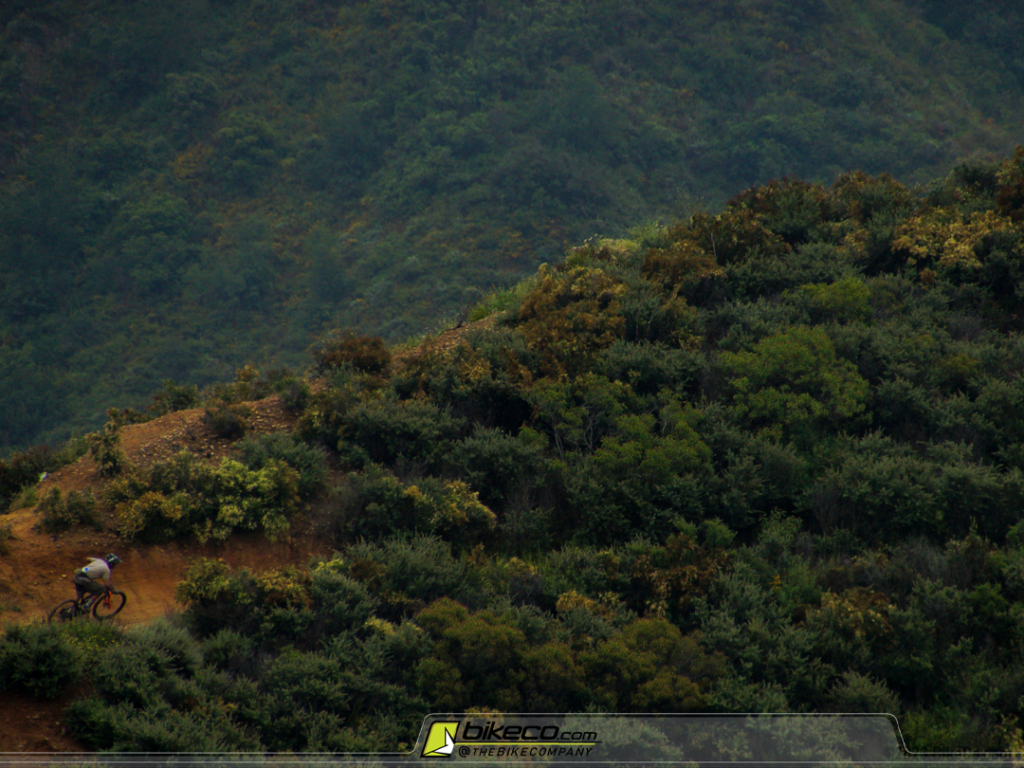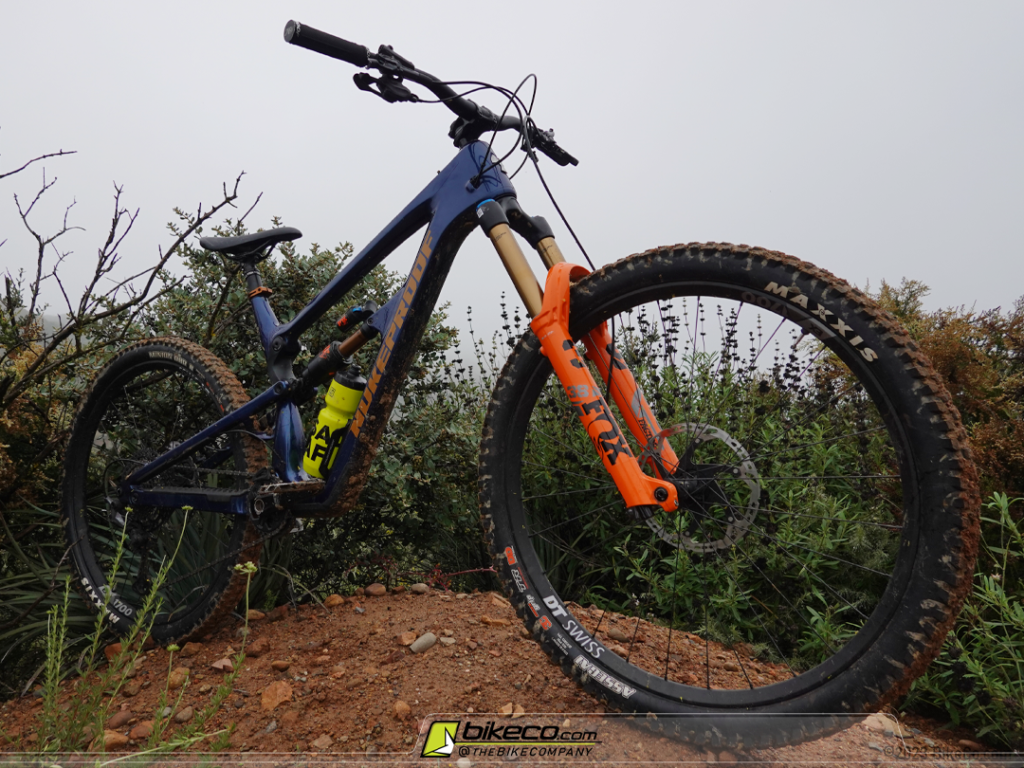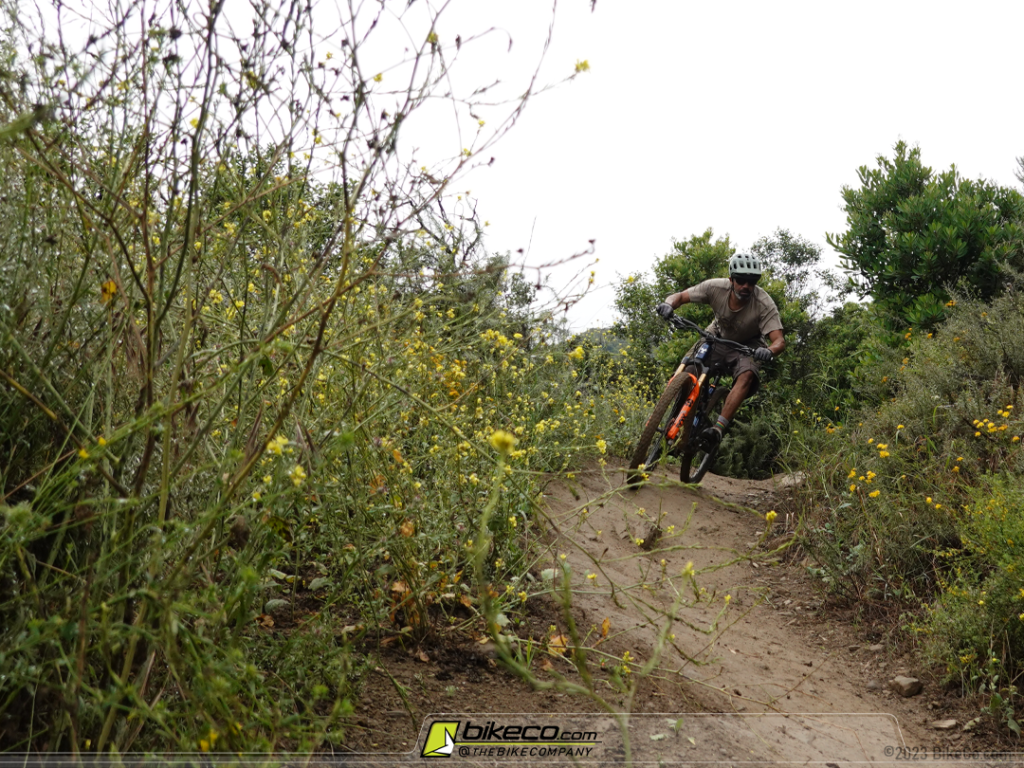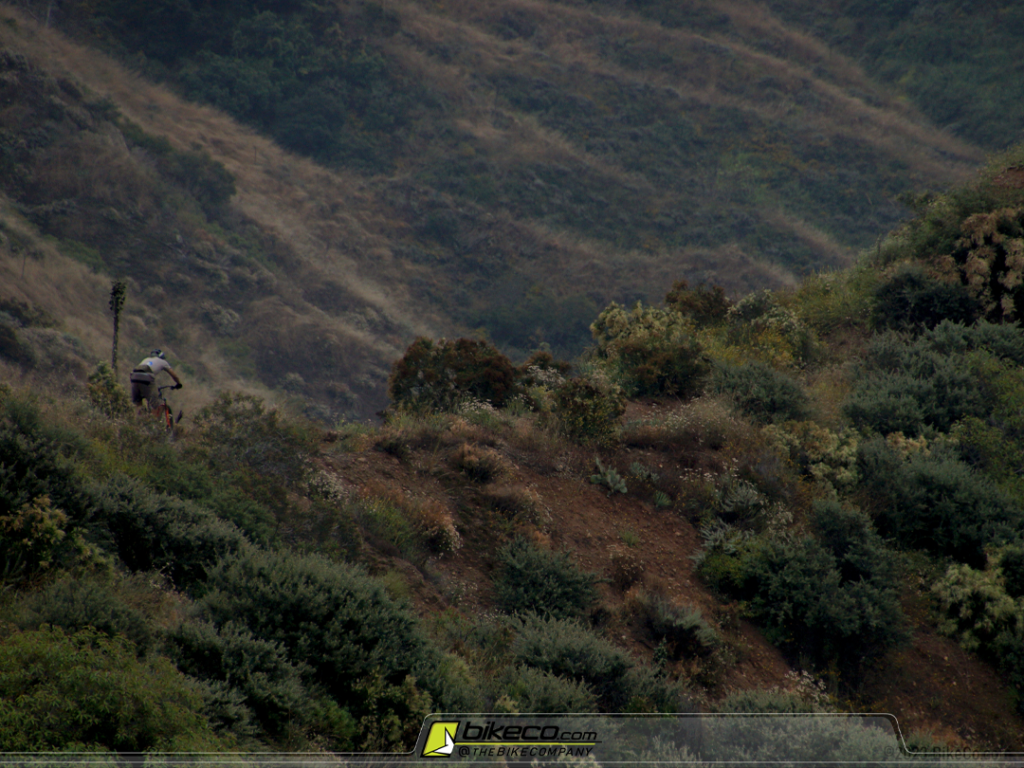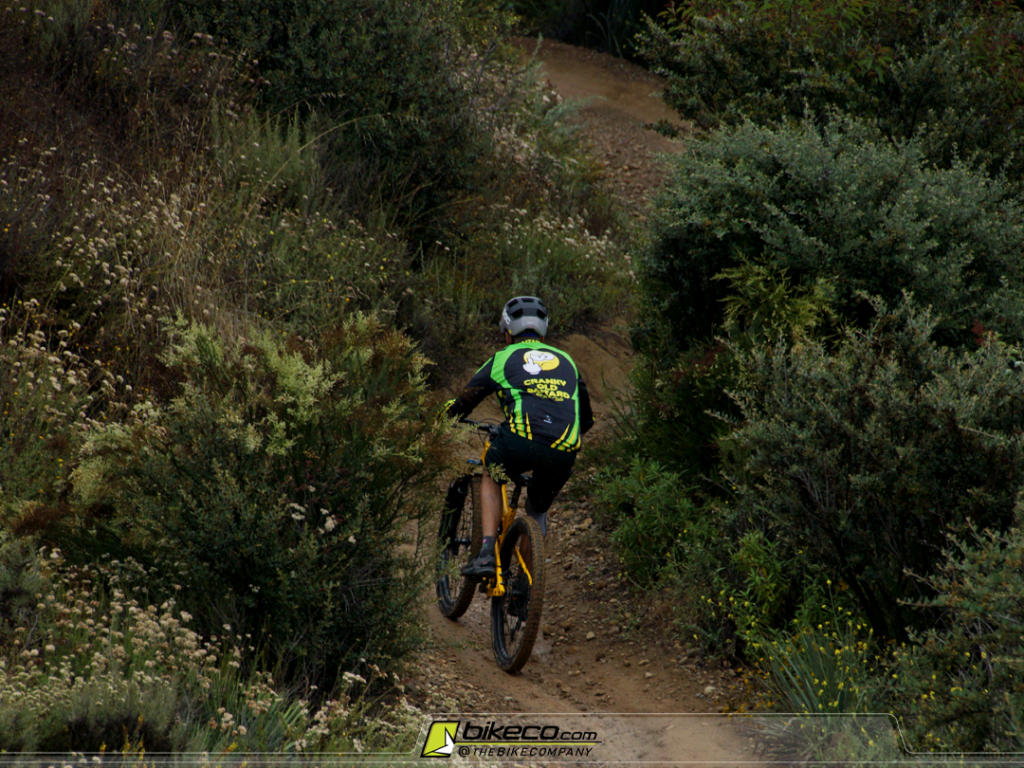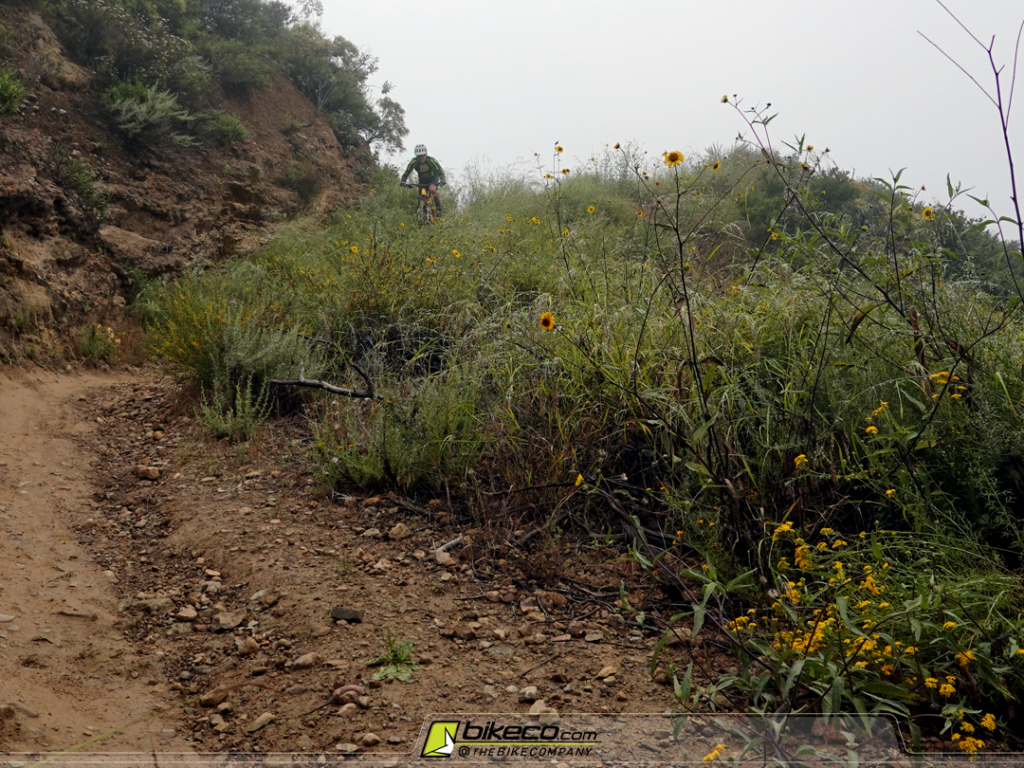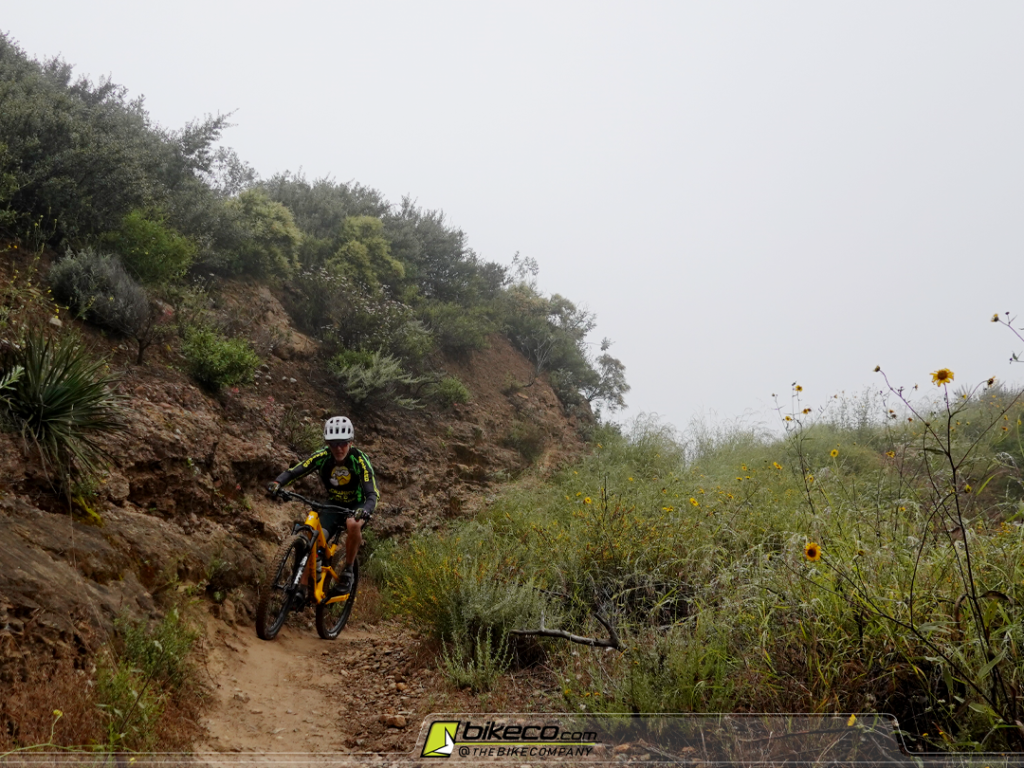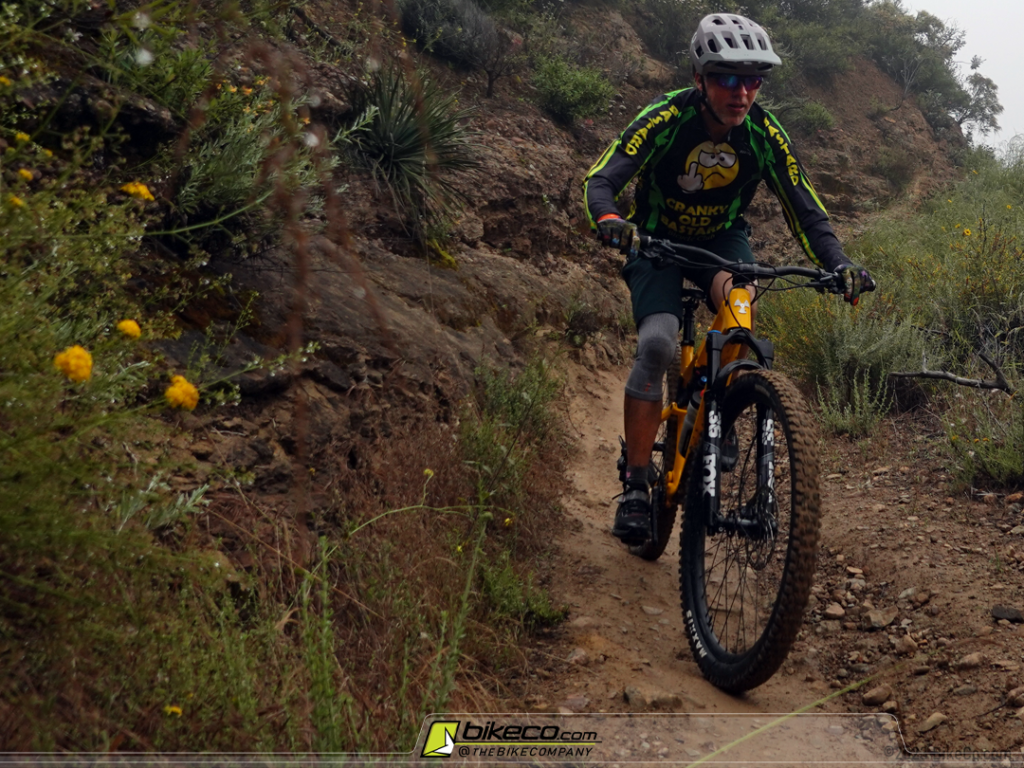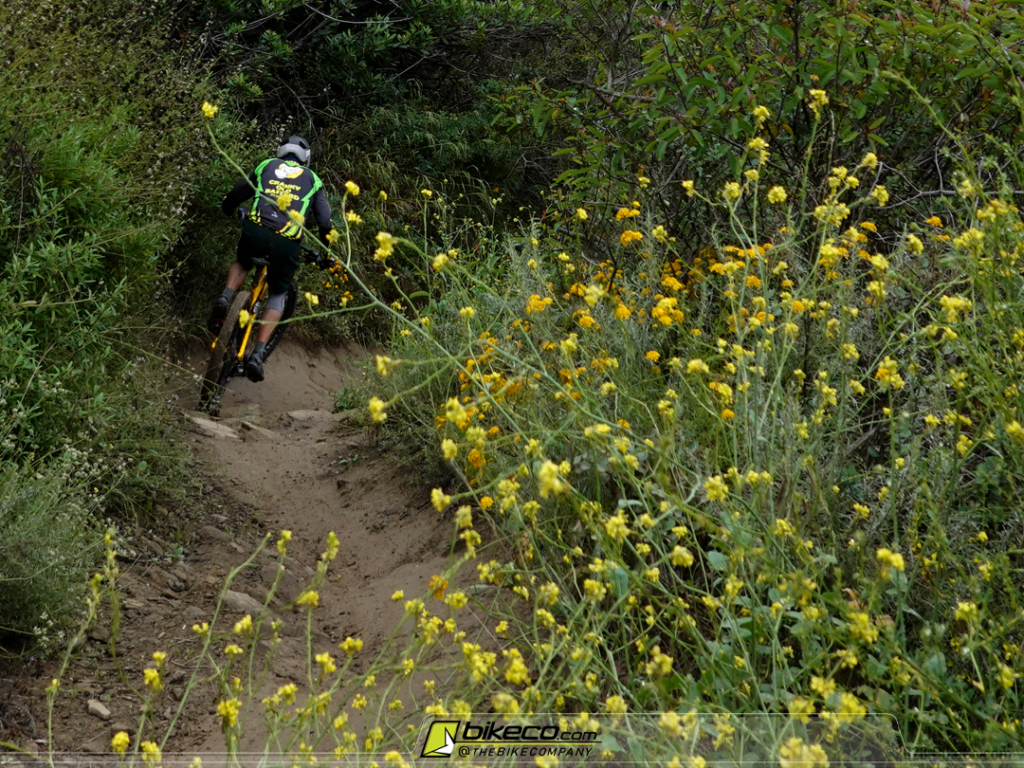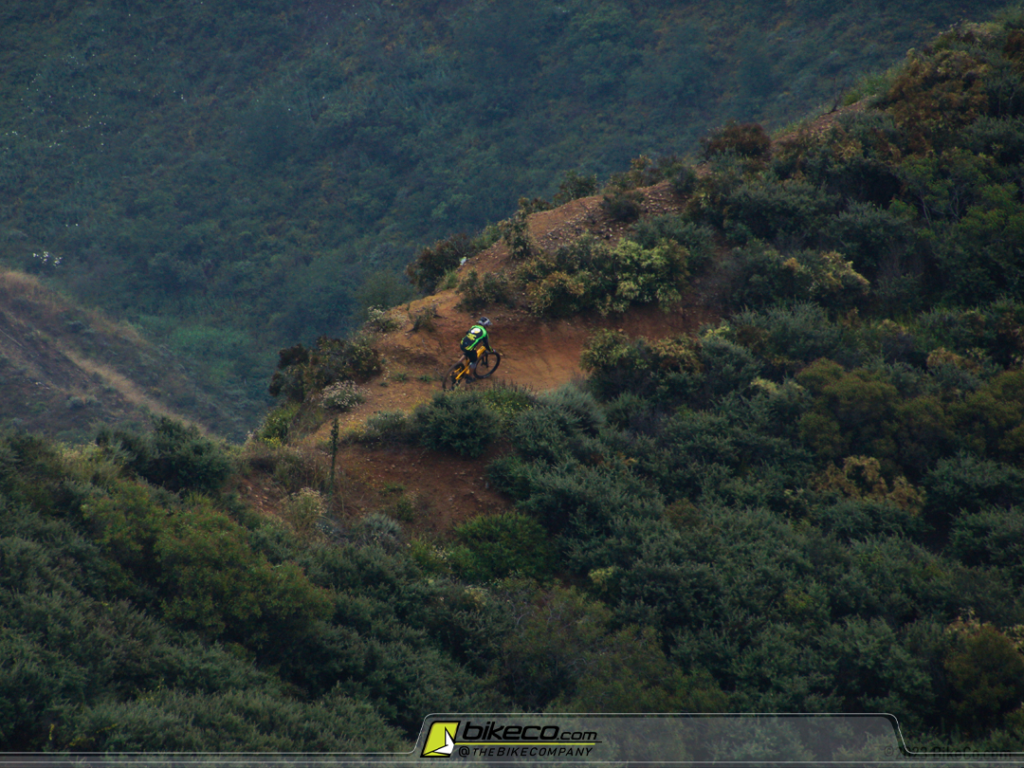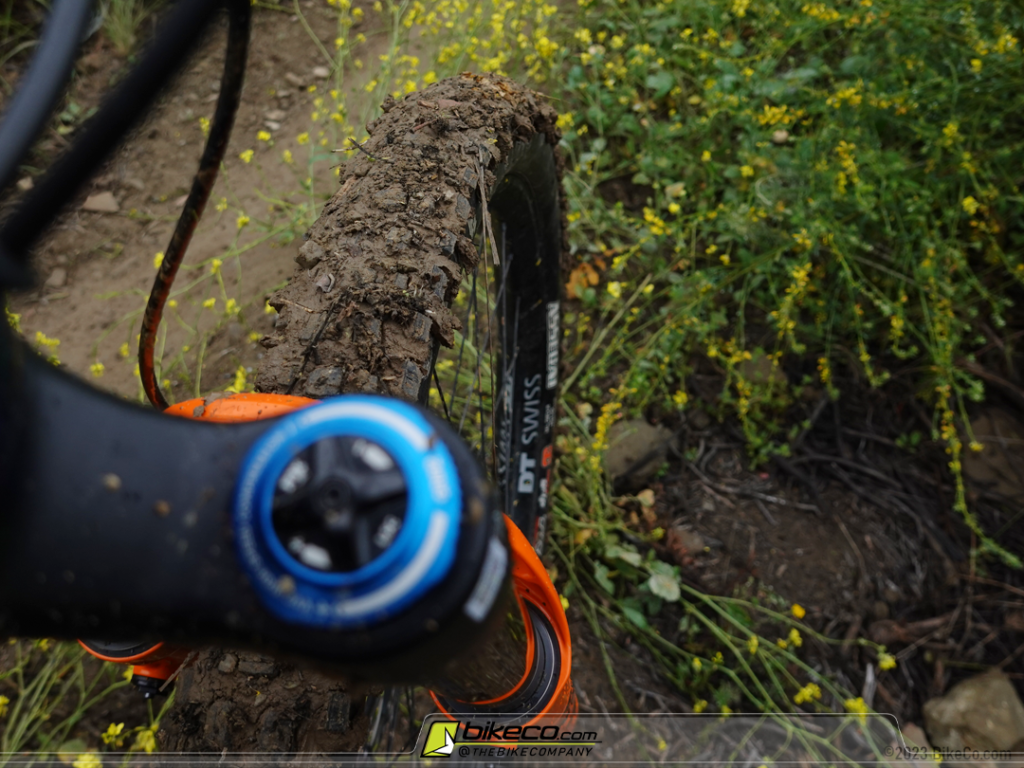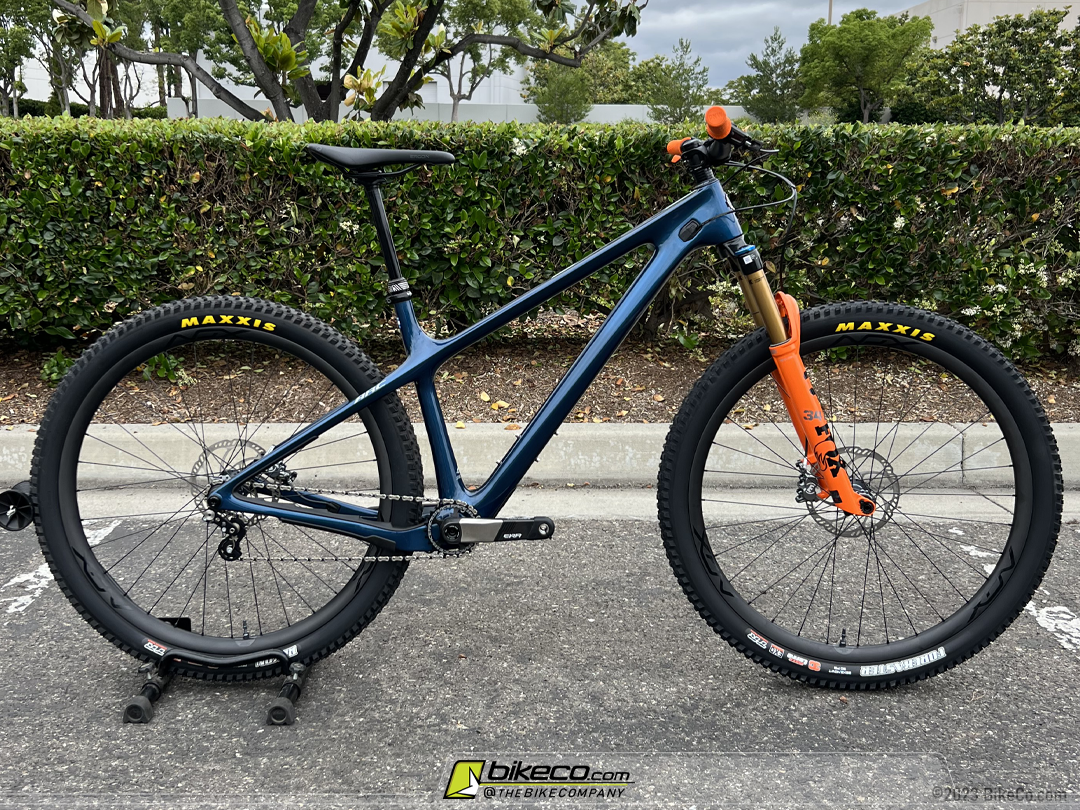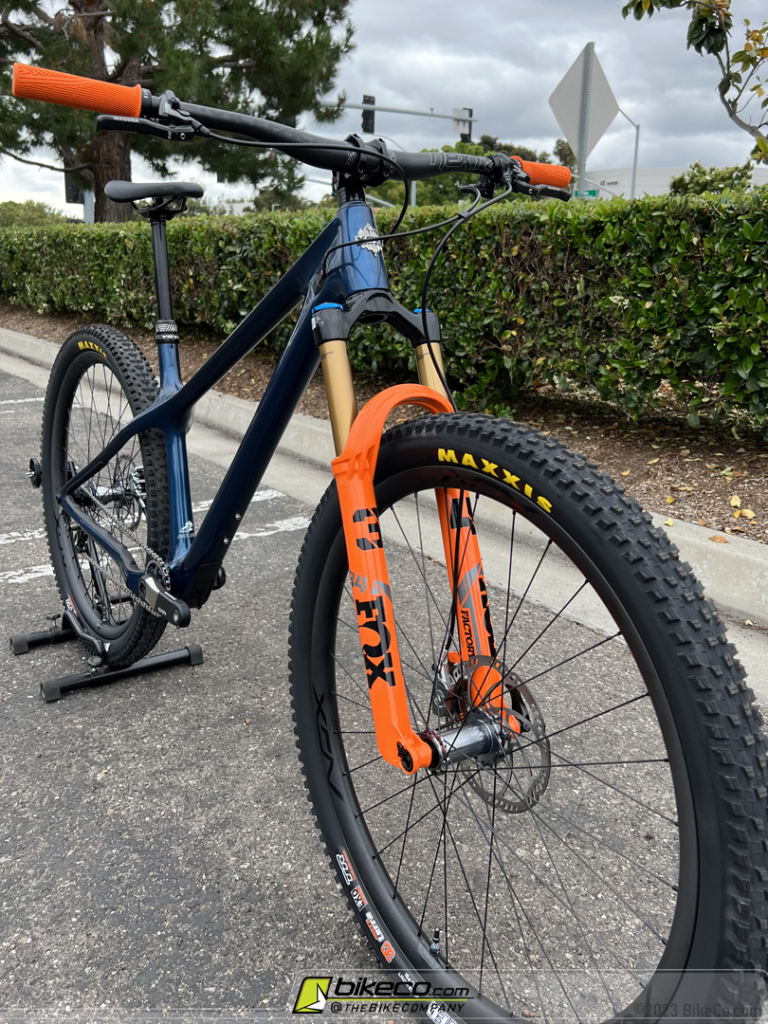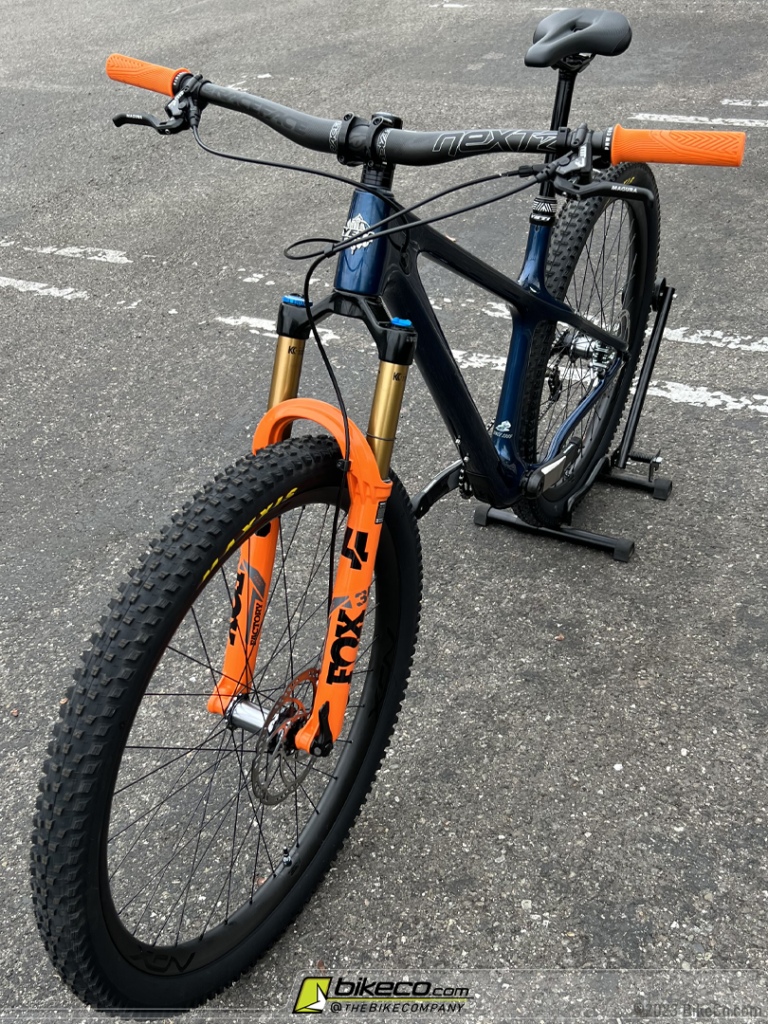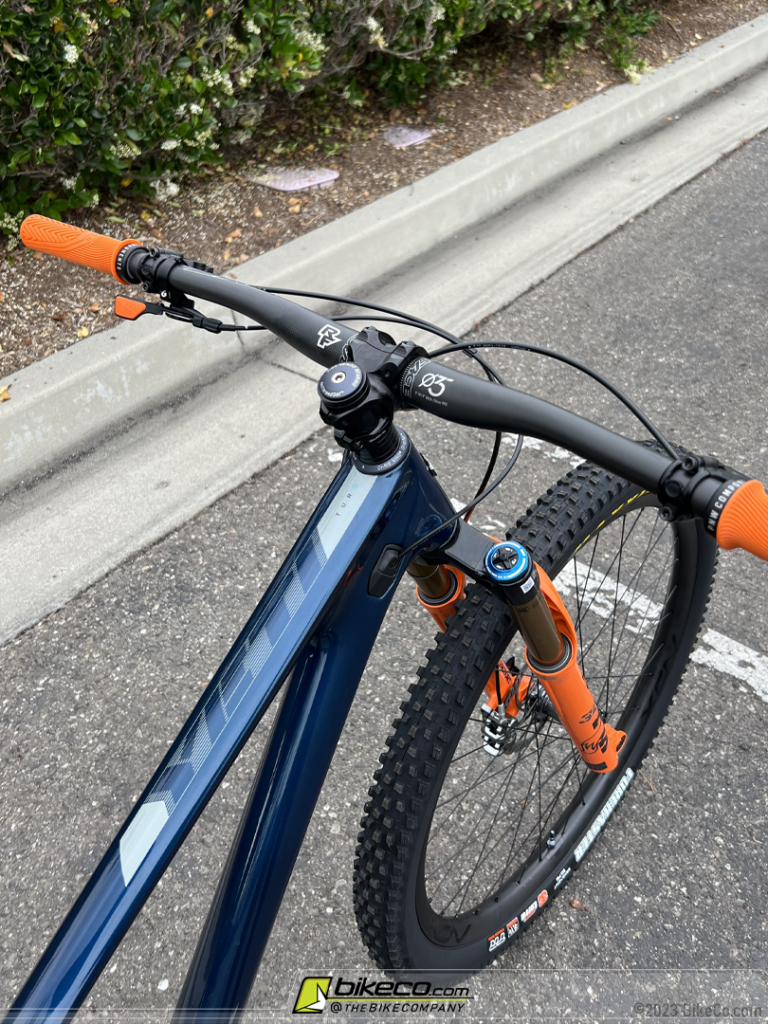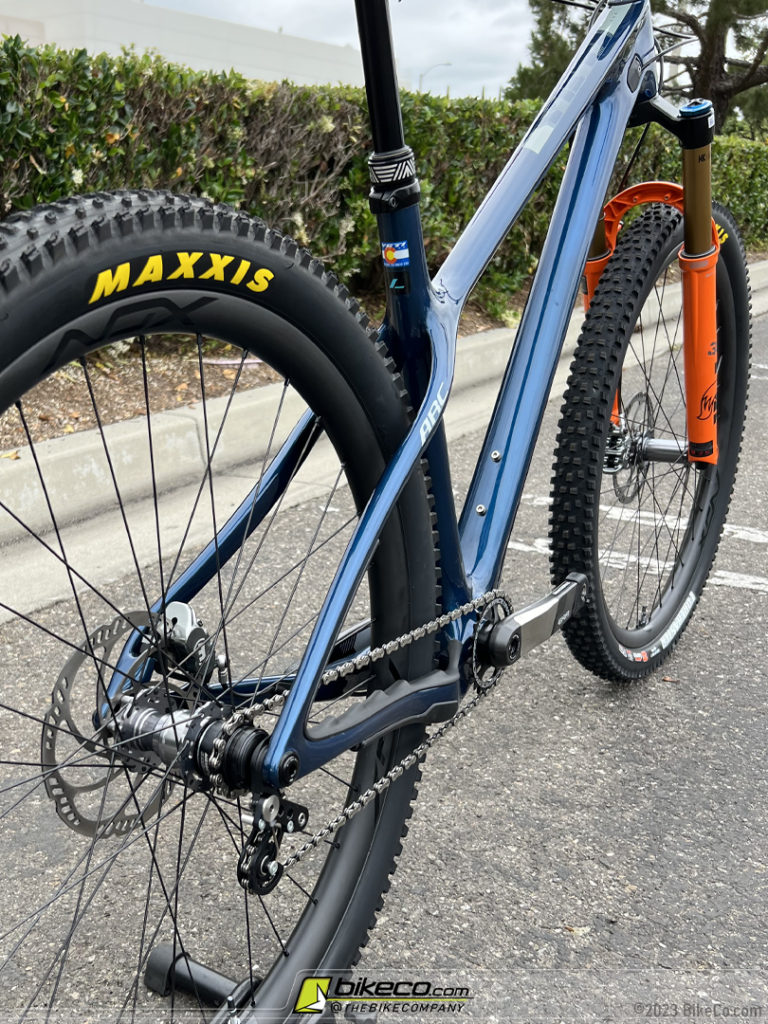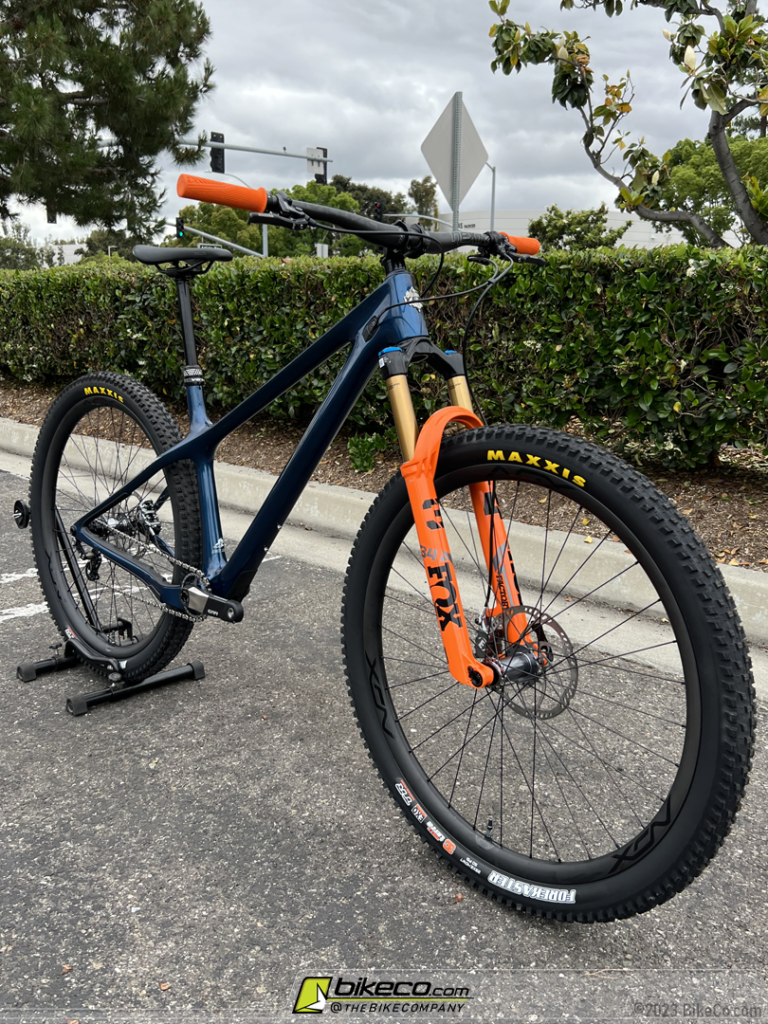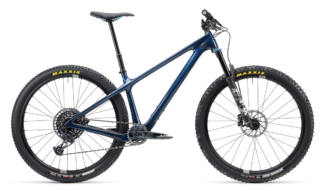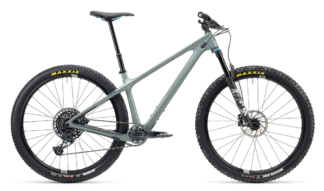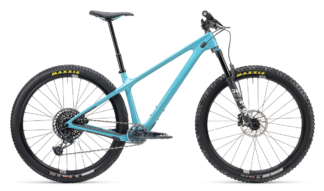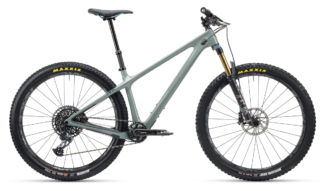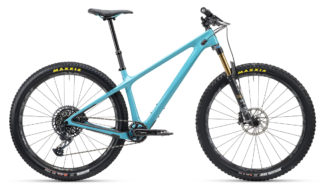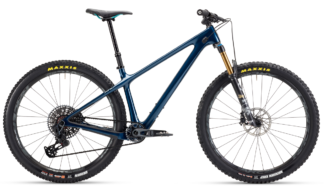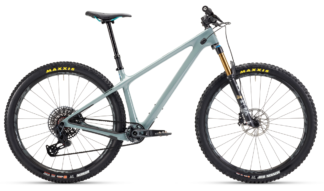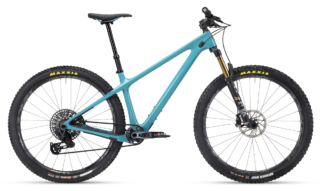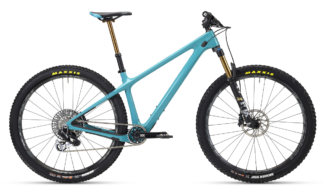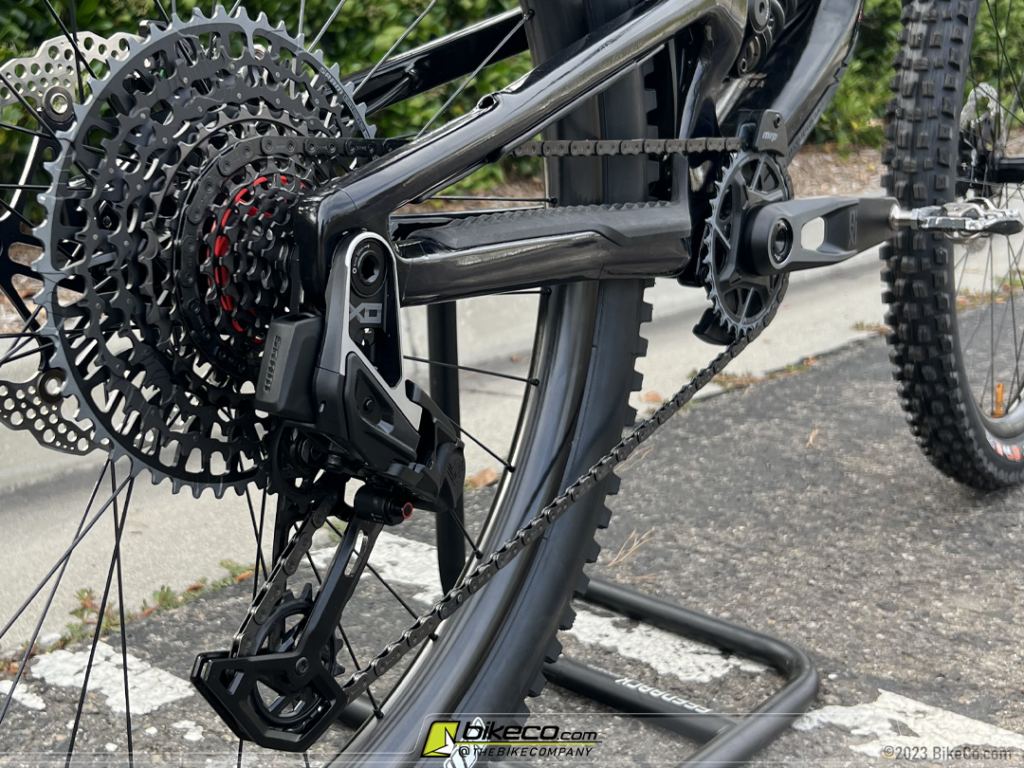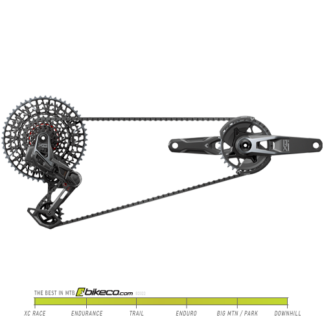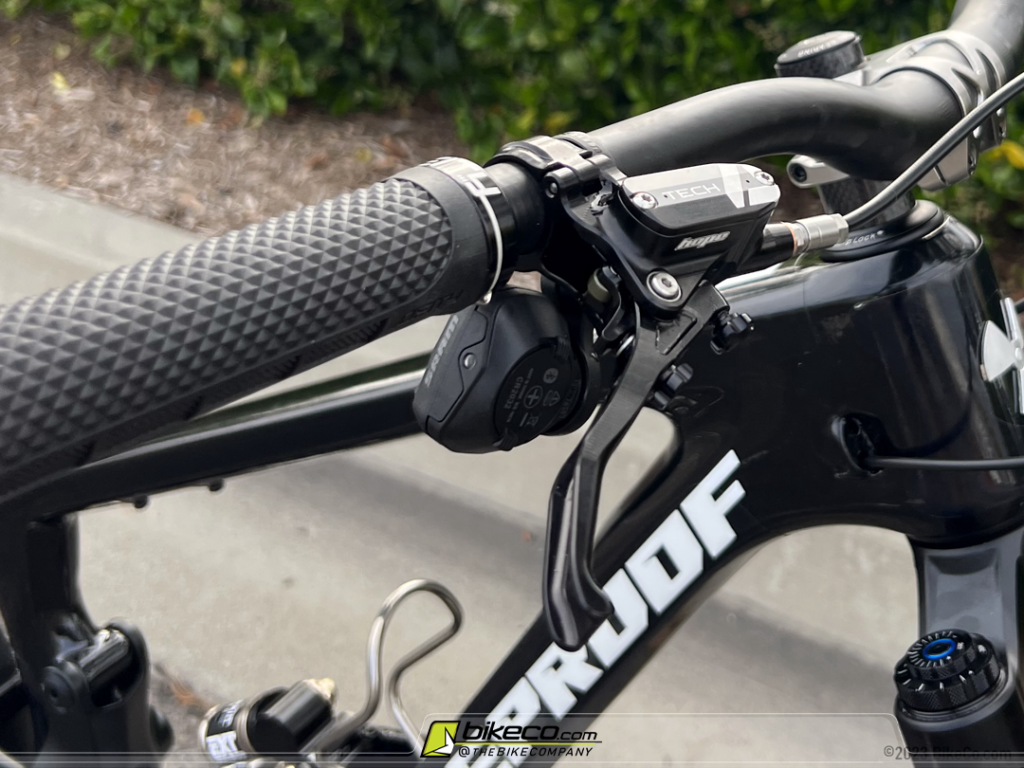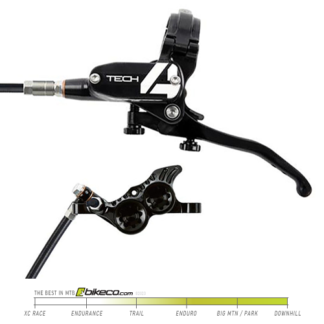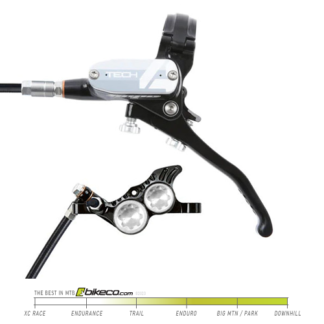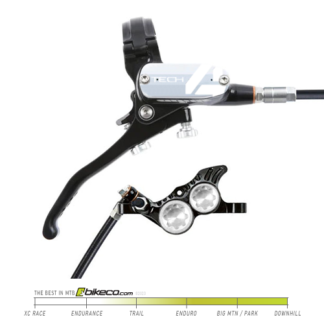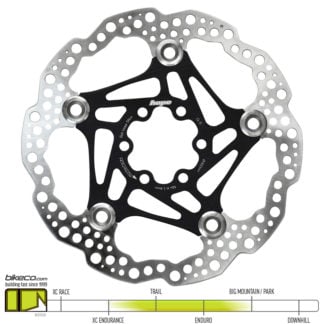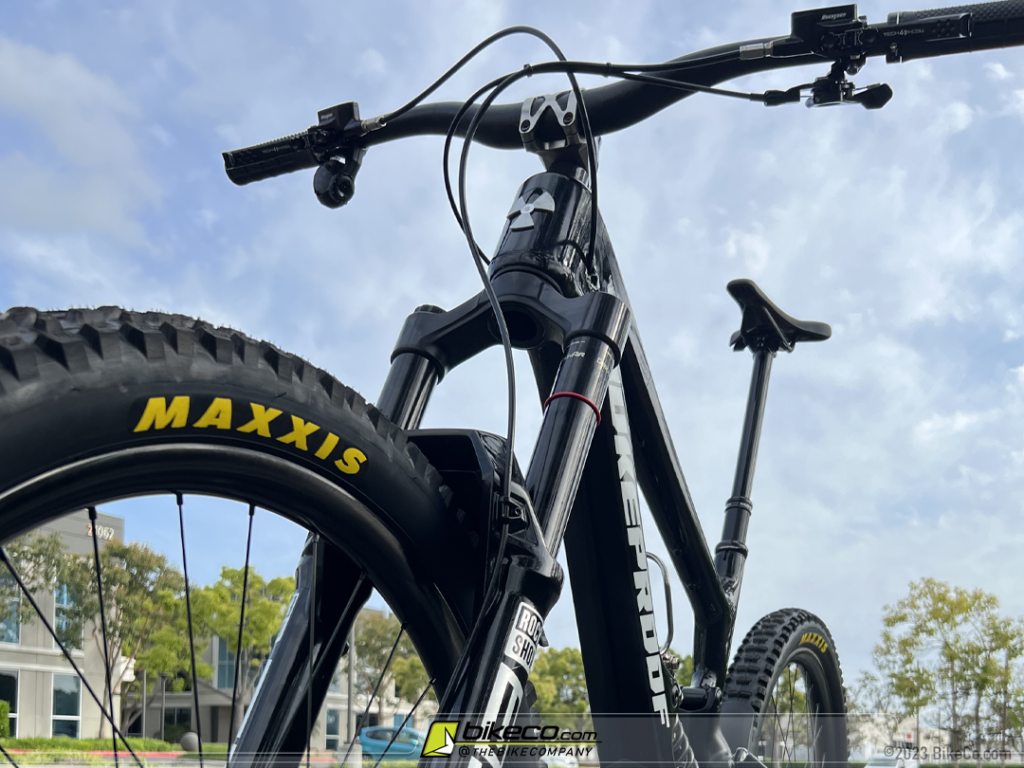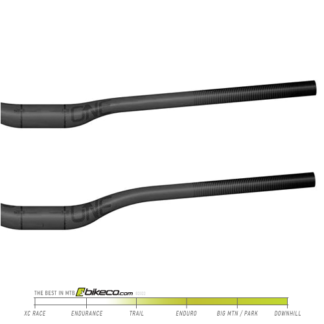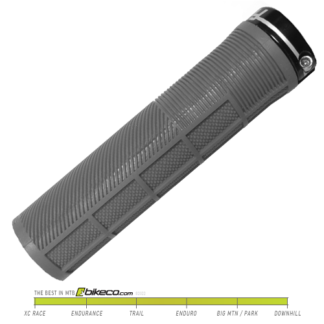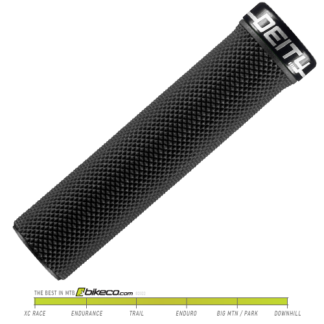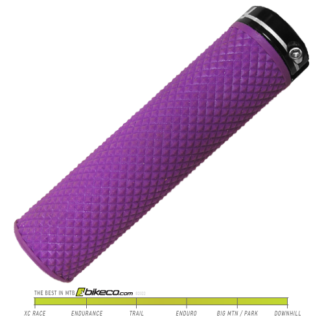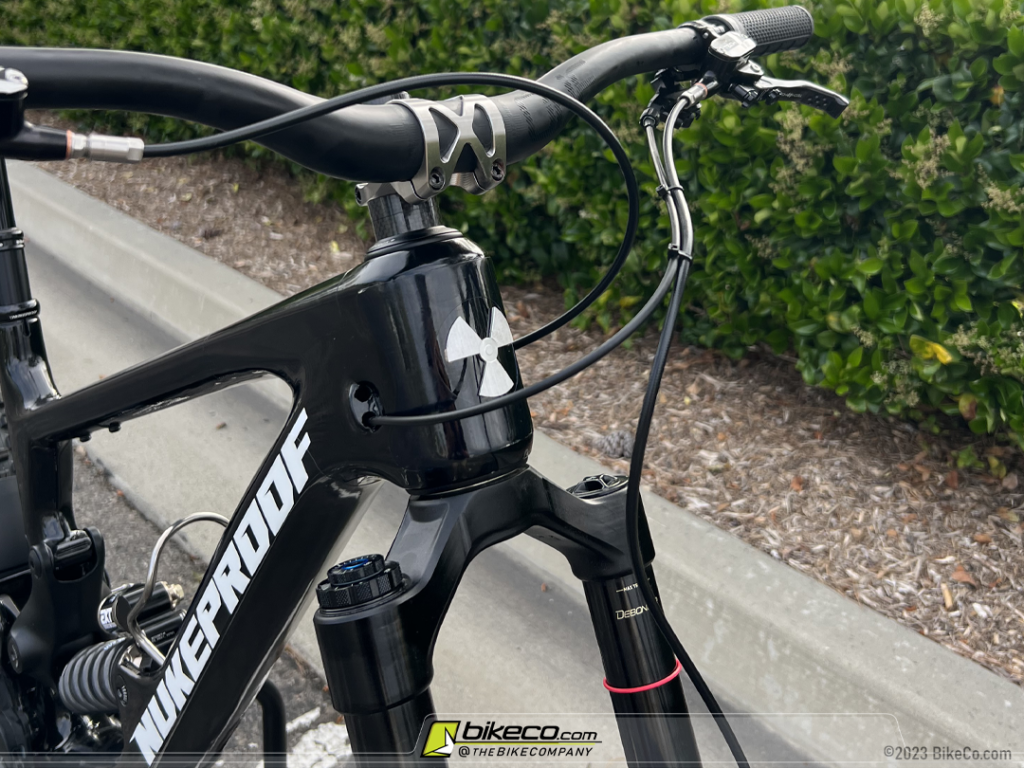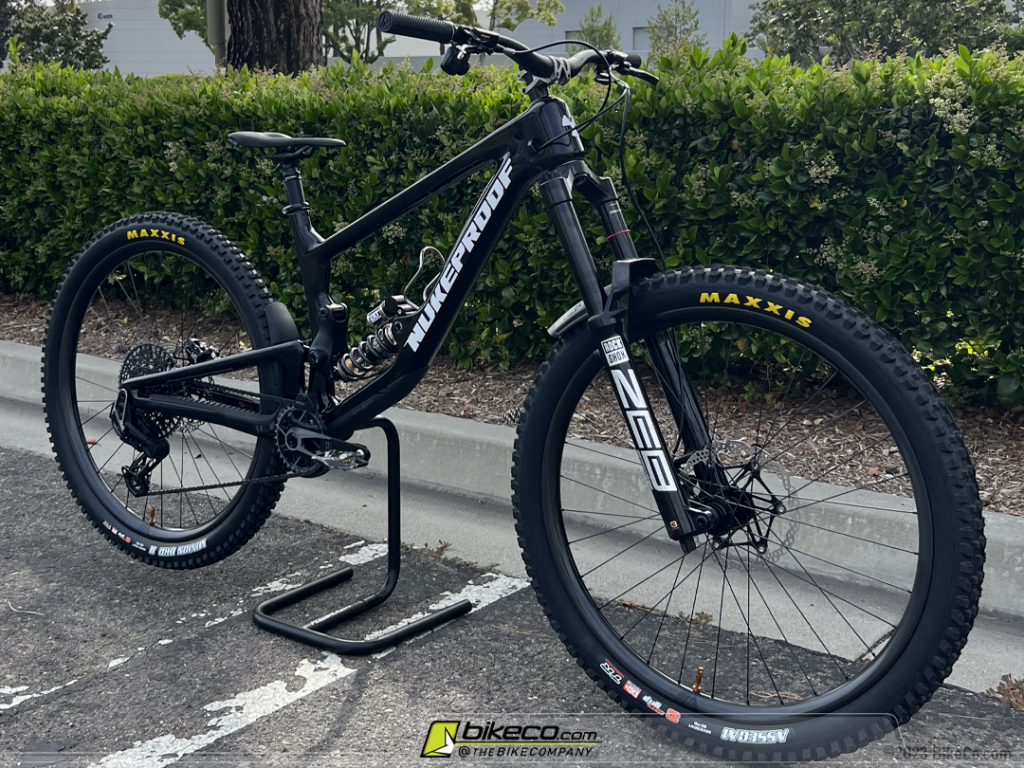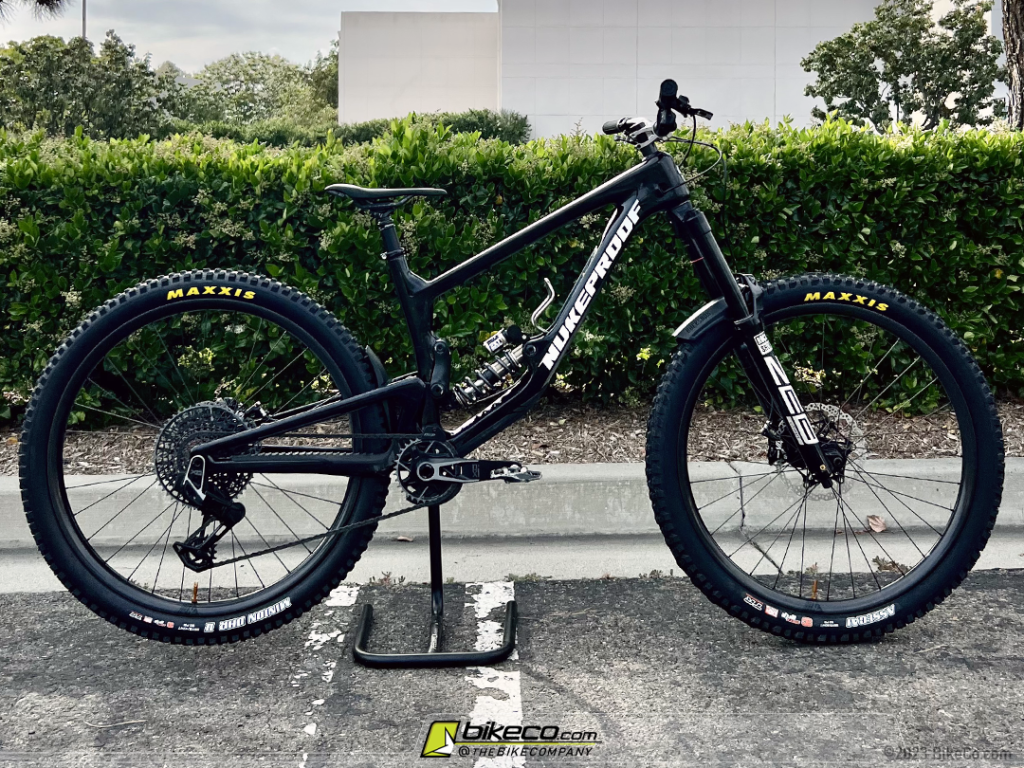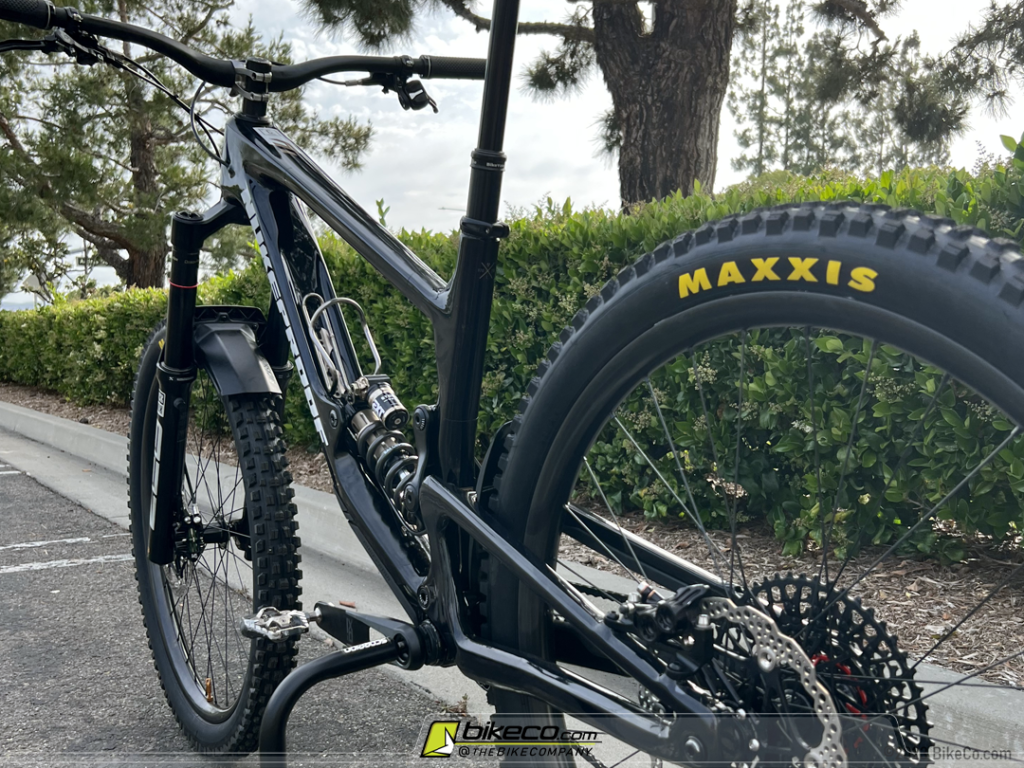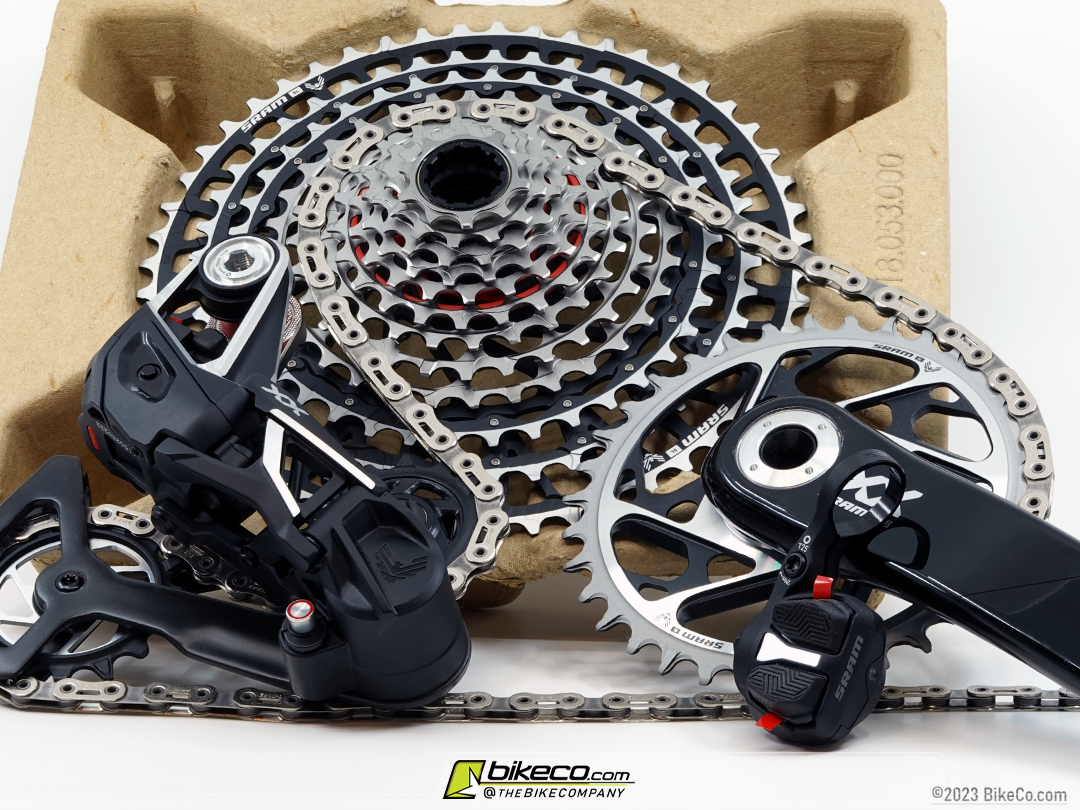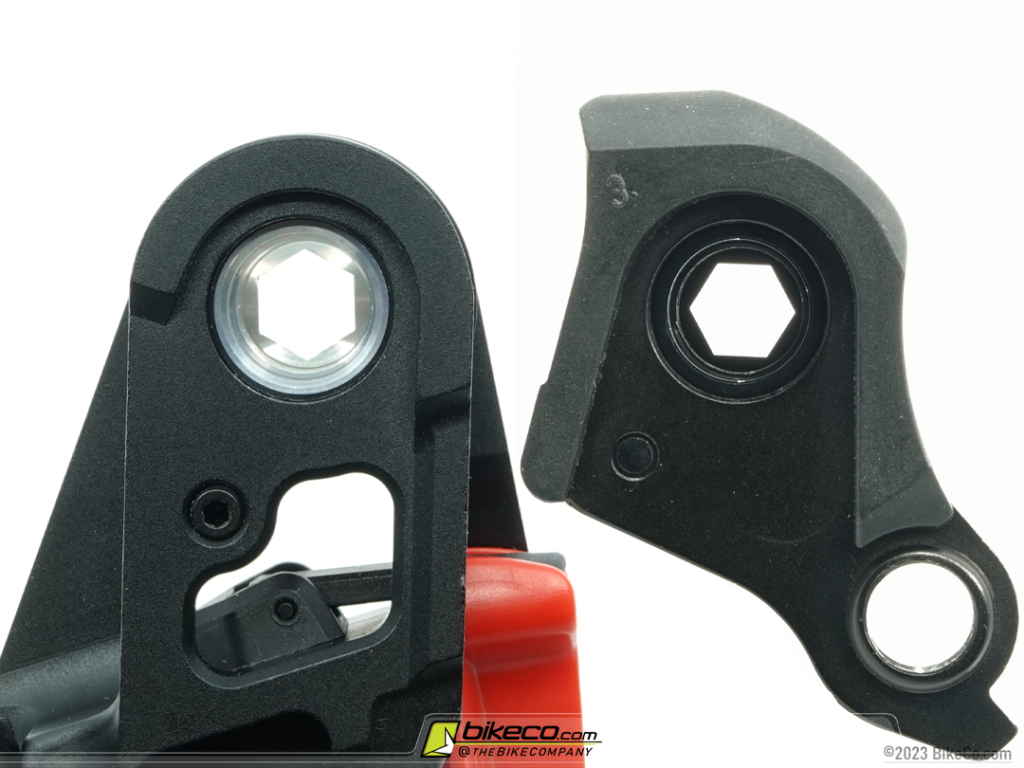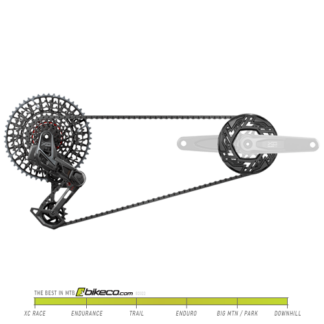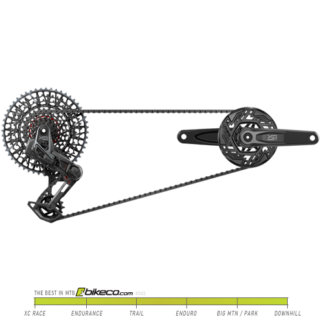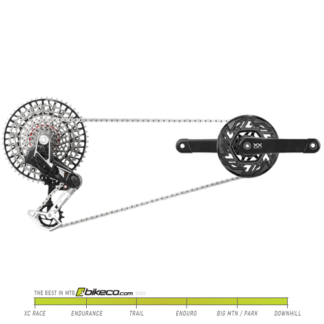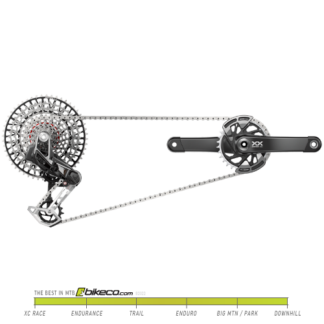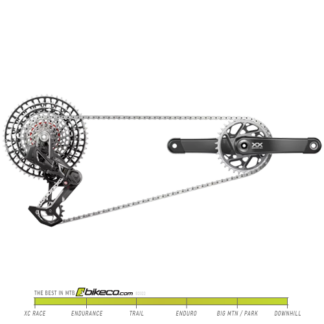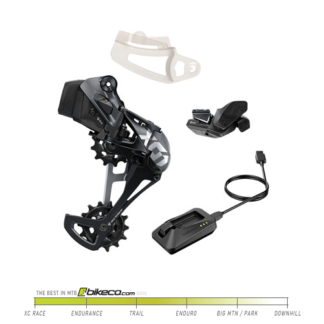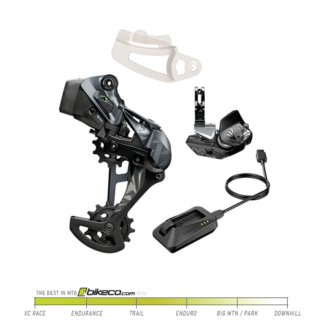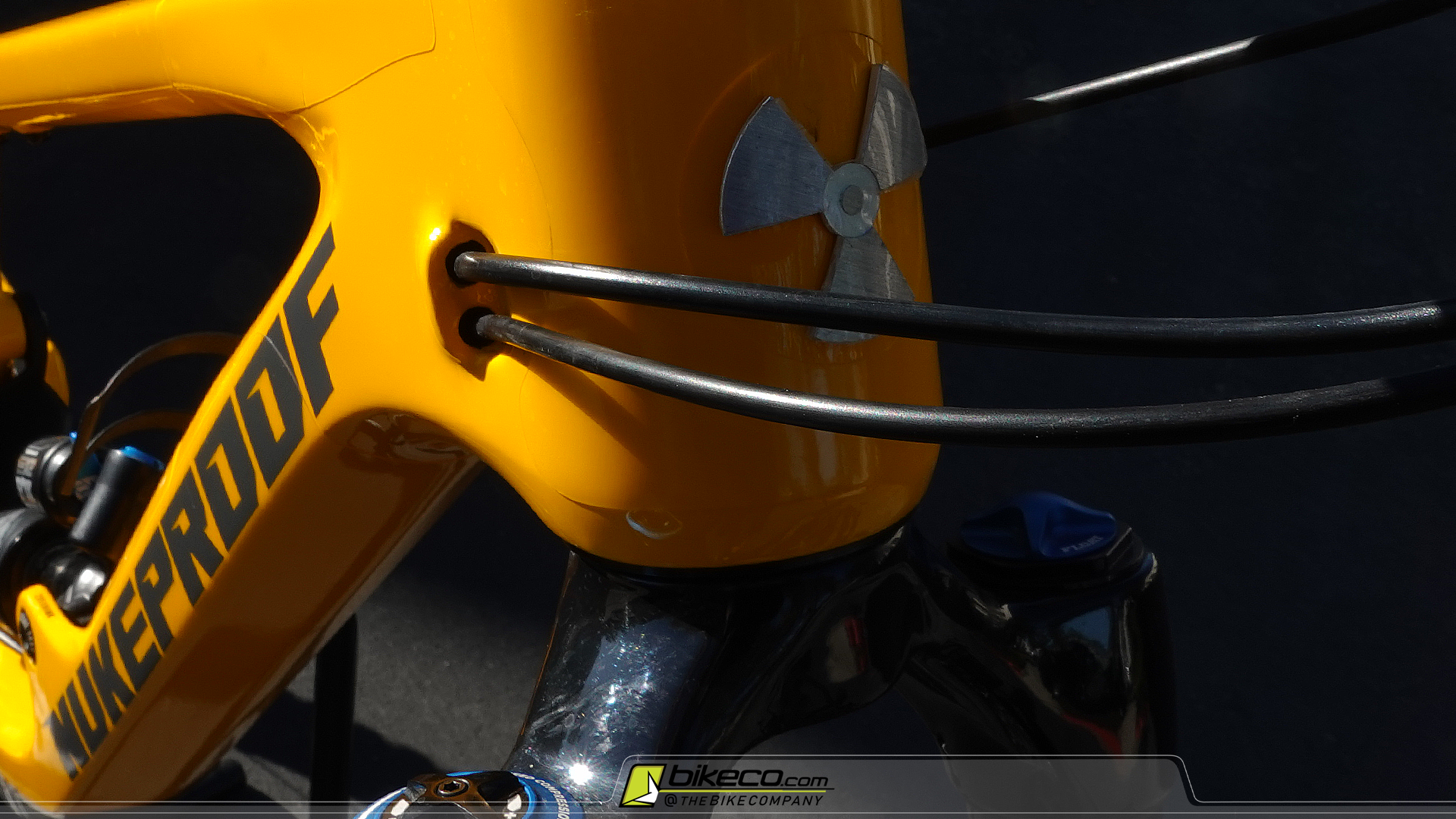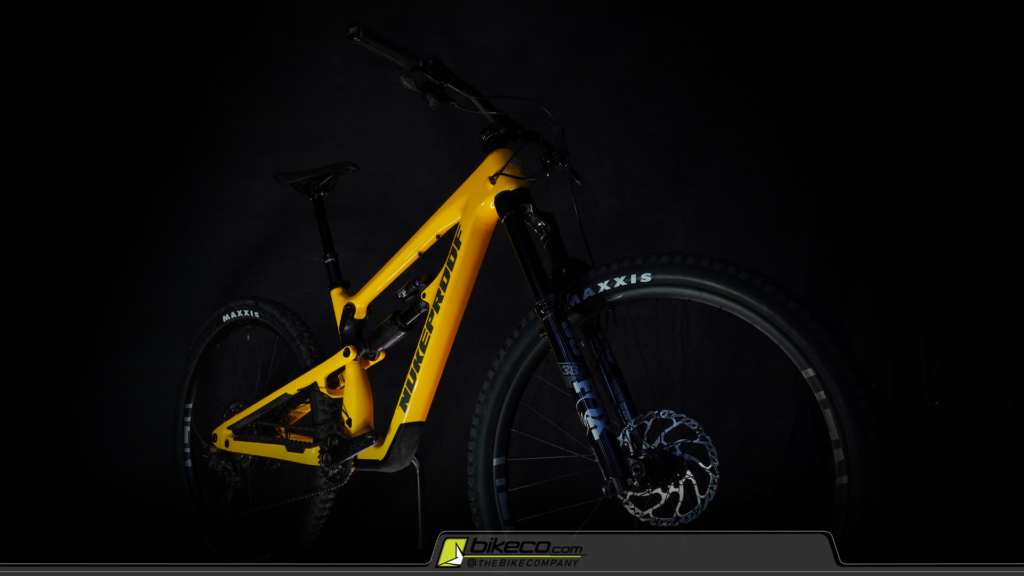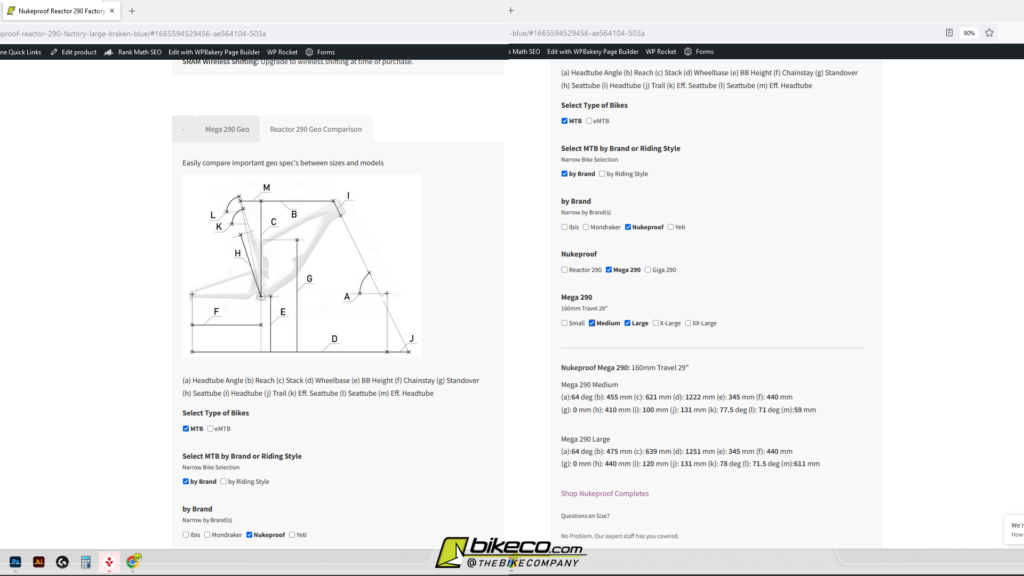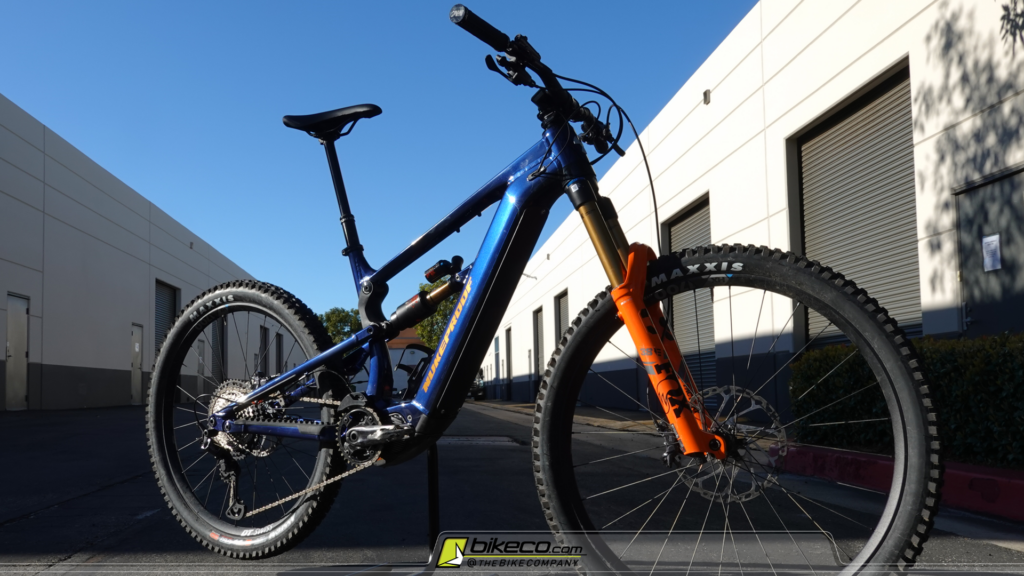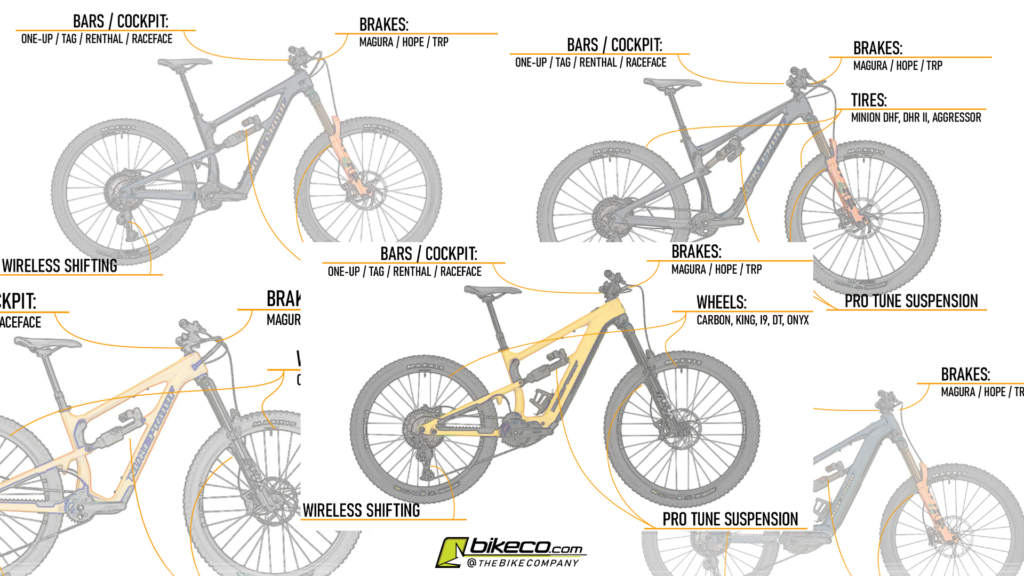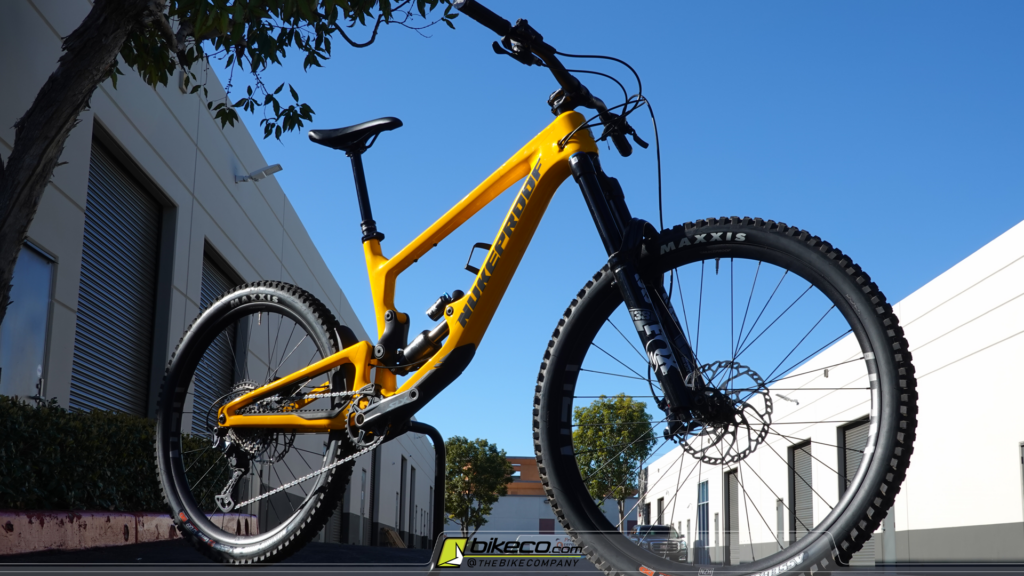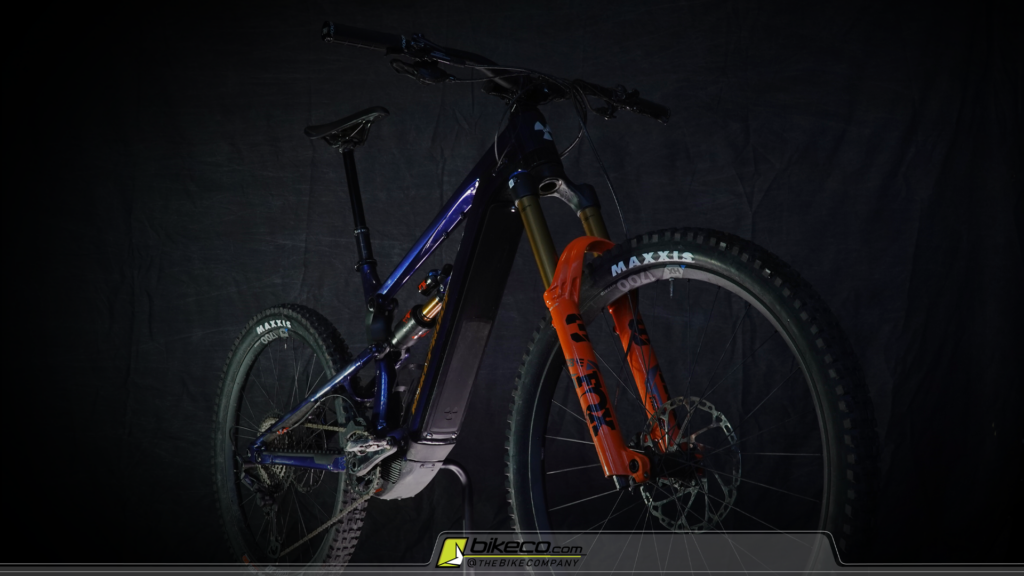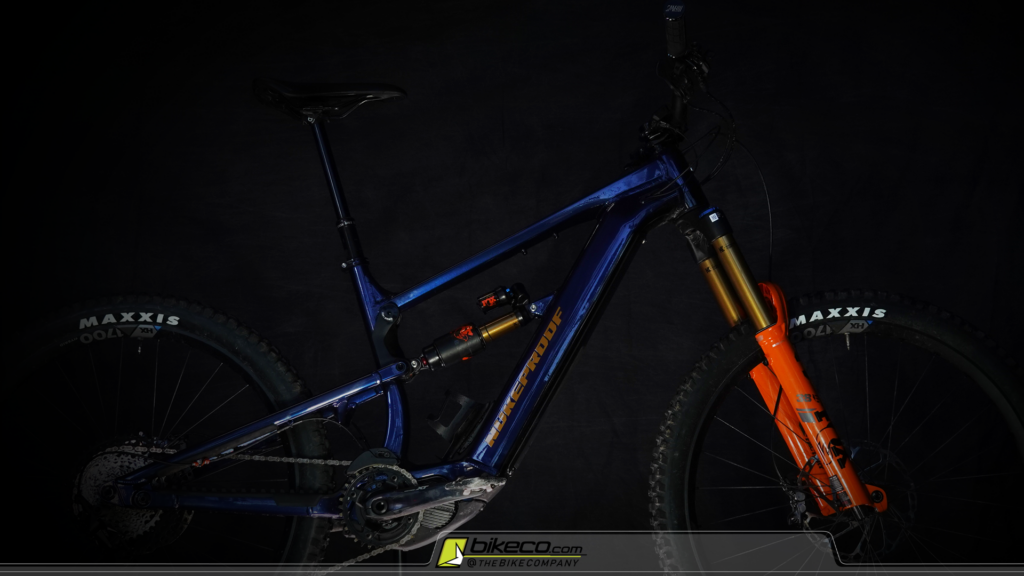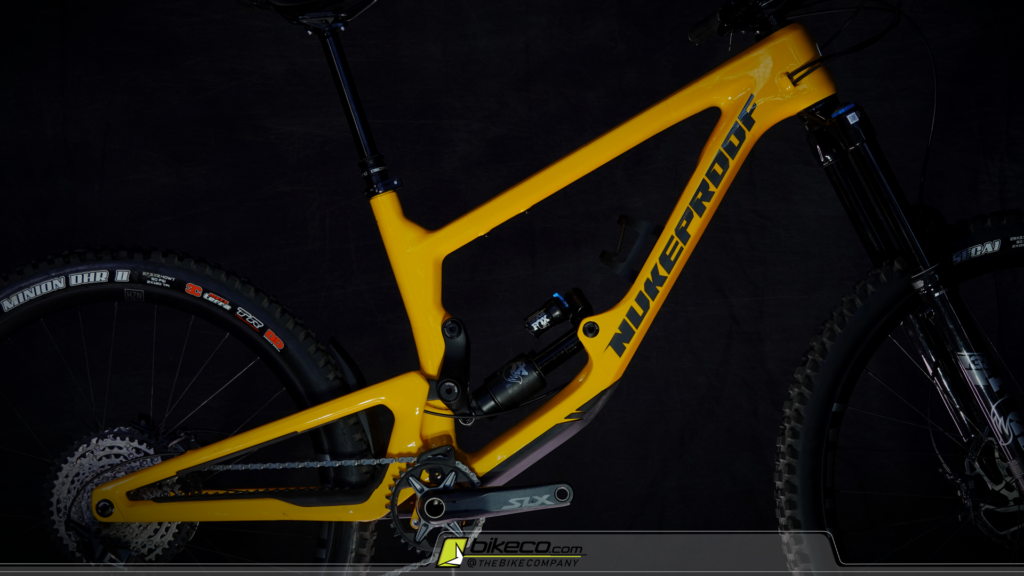Reviewing the Reviewer
I’ve been pushing for a long time that reviewers give more personal insight to their experiences that go into a published review. So to wrap up this Nukeproof Ride Review I’d like to provide insight to what I thought, what my exact notes were, what I ride and how I come up with some of my conclusions during a review.
There are a handful of things that experience will help you quickly define and if you know how those are about to effect your ride you can more accurately speak to a bike MODEL and not a SETUP so to speak.
What Did I Notice in Setup?
Some of my notes on while I setup the Mega 290 would help me better understand what the bike WAS doing on trail and what it COULD do as well.
Mega 290 Ride Review Notes on Setup
Factory Suspension
Both the fork and shock were low on volume spacers for my preference. This means I used the compression settings to increase support that would be more finely tuned by increasing the ramp rate.
It’s a demo bike – the odds it would have a perfect package are low. Knowing that I was running more compression meant that I would forgive a little bit of potential harsh small bump compliance in the rear as well as initial support into corners.
Cockpit
First, I have bad hands and hate grips with outboard collars. It hurts my hands, messes with my ulnar nerve and causes numbness and pain up my arms. This bike had grips I didn’t like but I would try to run my hands further inboard than I usually do.
Bars were aluminum and 25mm rise with not a lot of stem spacers. I generally like to have larger rise handlebars and carbon (it makes a big difference in my hand and arm condition to ride with carbon bars)
Tires
Double Down Assegai front and Double Down DHR rear. An aggressive setup but appropriate for the bike. I typically run EXO+ DHF / DHR pairing so I knew that tire package would be a bit heavier than I’m used to.
Setup Forgiveness Based on Spec
Will it ride Harsh?
So based on the volume spacers, compression settings, grips and bars I knew I would potentially have to forgive some front end “harshness”. In other words, it would not be a fair fork test for sure if that’s what we were testing!
Luckily the fork was freshly serviced and overall it felt good. I think the oil and seals being new helped this a lot (and actually made me think I really need to service my 38)
Can I Get It In Control?
Hand height is important to me for a couple reasons. First, I have back issues which mean I kind of need my bike setup in a certain way to minimize that. This is a personal issue and varies from rider to rider. If you’ve got enough gray hair you’ll probably understand and if you have the gray hair and don’t understand it I’m jealous for sure!
Second you gain or lose a lot of control by having hands in a position you can get power applied. This applies to both your hand height as well as width. Just like riding too wide of bars having your stack too high or low can numb the handling reducing your ability to have quick adjustments with minimal input.
I did notice that the Mega liked to be leaned in to corners more than my usual setups that I tend to understeer slightly and lean which snaps them into corners a touch faster. I’d still give the Mega passing grades on this because my hands were low combined with the fork setup not having the precise feel I’m used to after all the years of Pro Tune forks and a specific setup.
Acceleration
Some would say climbing. I don’t climb well enough to speak to it! So, for me to feel a bike’s efficiency I’m looking at how it handles burst acceleration. Heavier tires are going to change that around which I noticed on the road climb to the Luge but not as much once we got in the super tacky and then super slippery dirt…
Geo Differences
My personal bike is a Mondraker Foxy RR with a 170mm fork. So all and all most of the geo between what “I’m used to” and what I was testing was relatively close (especially when you factor the published Mondraker numbers are from a 160mm fork so mine has a slightly slacker headtube, higher bb and longer wheelbase).
The exception that I saw was on wheelbase. My Mondraker is setup with the shorter chainstay and shorter wheelbase. The published wheelbase is 1253mm – given the longer fork I’ve added a couple mm to that but I’ve never really bothered to calculate it out.
On the Mega XL the wheelbase is 1275mm which would give it a touch more planted feel and change a little bit of the direction change personality.
On the road when I put a twitch through the front end I could feel the front end was a bit more planted than my bike. I couldn’t decide if that was the MaxxGrip tire or the longer front center.
During the descent I could feel that the Mega XL was “longer” in the first few corners but that quickly went away once I had four or five turns down.
Finally – let’s take a quick look at the conditions we rode in.
Between some morning rain and being in the cloud the conditions were pretty variable. We got in some sections that were hero dirt levels of excellence – no brakes just ride in, lean as much as you want and rip through it.
Then, well, it got sloppy…
